In the previous chapter, we discussed the ideal equipment and clothing for a round-the-world trip. Now let’s talk about something a little more serious, which we often don’t think about until we’re actually there.
After announcing our plan for a round-the-world trip, one reaction from our loved ones often stands out:
But traveling like that is dangerous! Aren’t you afraid of what could happen to you during your trip?
Of course, we’re aware that there are risks associated with traveling. But is that a good enough reason not to embark on an adventure and fulfill our travel dreams? Of course not! It’s like deciding not to ski in the winter to avoid breaking a leg or not driving because you’re afraid of getting into an accident.
The idea is to be aware of the various things that could happen during a world trip so that we can avoid them as much as possible and travel safely. That’s why we’ve compiled our list of travel dangers to help you prepare. You’ll see that the biggest risk may not be what you think!
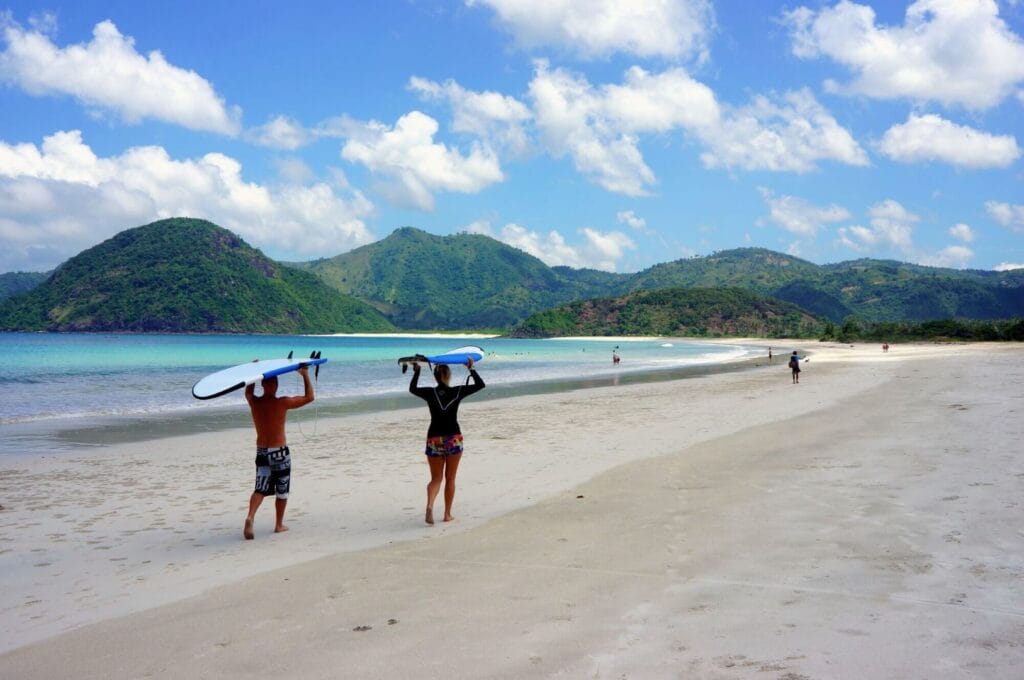

You are currently reading the seventh chapter of our free ebook How to travel the world, in which you will find all the necessary advice and preparations for your trip around the world!
In addition to the version on the blog, there is a PDF version to read it peacefully on your computer, smartphone, or tablet, or to print it 🙂.
Diseases
Prevention
The number one cause of interruption, diseases, unfortunately, are part of the dangers of travel abroad… But do you want to hear some good news? Staying at home won’t protect you! The risks of diseases and accidents aren’t really tied to where you are, but more to the safety measures you take, your lifestyle, and sometimes luck! The best way to prevent them is to take preventive measures like vaccines for typical travel illnesses and listen to your body to stay healthy while traveling.
Let’s not kid ourselves; traveling isn’t always restful. Sometimes we tend to overdo it, trying to see and do too much! Be sure to rest, give yourself days off, sleep in if you feel the need, and obviously, don’t put yourself in unnecessary danger!

In case of a health problem
If a problem arises, rest assured that with good travel insurance, you’re covered. Whether or not you continue your trip will depend on the severity of the health problem and the country you’re in. In most cases, you’ll be able to continue your journey once you’ve recovered! Diagnosed with diabetes during your world tour? Hmmm… If you’re in a foreign country with well-developed healthcare and are prescribed insulin injections, then the trip can continue! If the care is more complex and multidisciplinary (e.g., cancer), it might be best to return home.
Road accidents
Unfortunately, another common danger while traveling is road accidents. They happen at home too, but the risk is a bit higher when traveling. Chaotic traffic in Asia, reckless drivers, almost non-existent traffic rules, roads in poor condition (we have vivid memories of roads in Laos and Bolivia topping the list), and often, cars or buses that aren’t exactly up to the latest safety standards!
So, how do you prevent accidents? Often, you won’t be the one driving. So, you have to trust others while respecting certain rules!
On motorbikes
Especially common in Asia, scooter rental is very popular with tourists. Sure, two-wheelers are a great way to explore a region independently with a fantastic sense of freedom, but check a few things to avoid any issues!
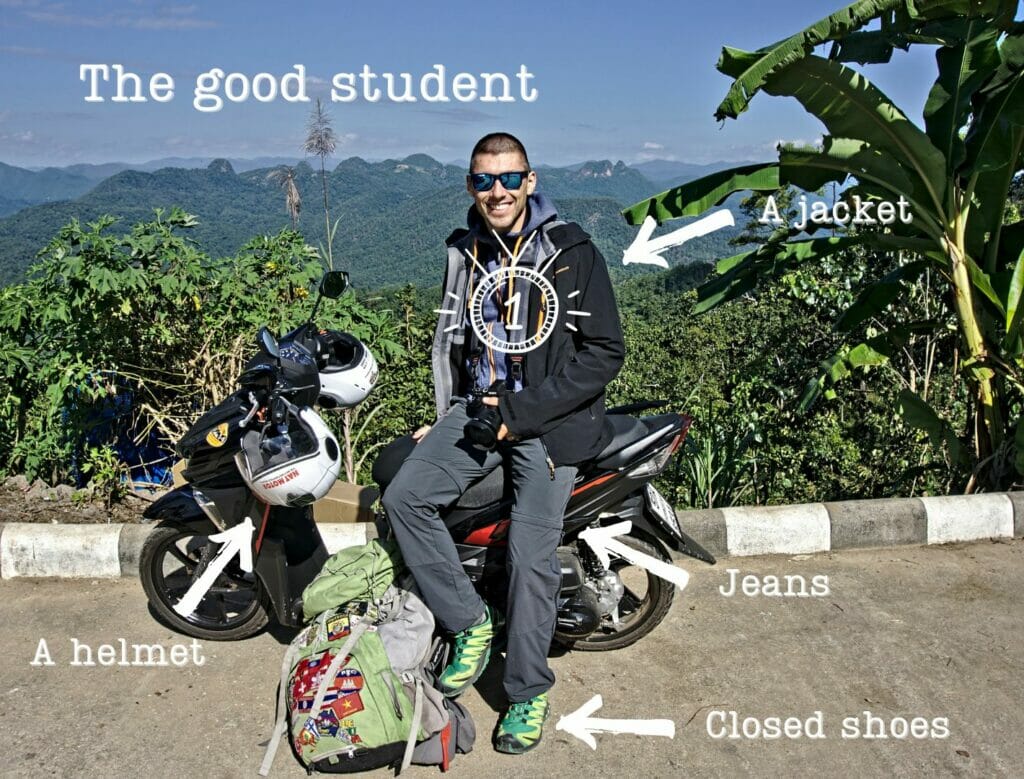
Always wear your helmet
Yes, yes, I sound like your mom, but it’s true! Rental places often don’t give you helmets in Asia, so demand one and wear it! It’s less glamorous—and yes, it’s hot in Thailand—but your head deserves protection.
Always check the condition of the motorbike
Test the brakes! We’ve met some travelers who discovered they had no brakes on their rental scooters… Scary for sure!
Don’t drive if you don’t know how
How many people have never ridden a two-wheeler in Europe on paved roads with clear traffic rules, but feel invincible once they’re in Asia? Do you really think a dirt road with animals running across, chaotic traffic, and no priority rules is the right place to learn to ride a scooter? I doubt it!
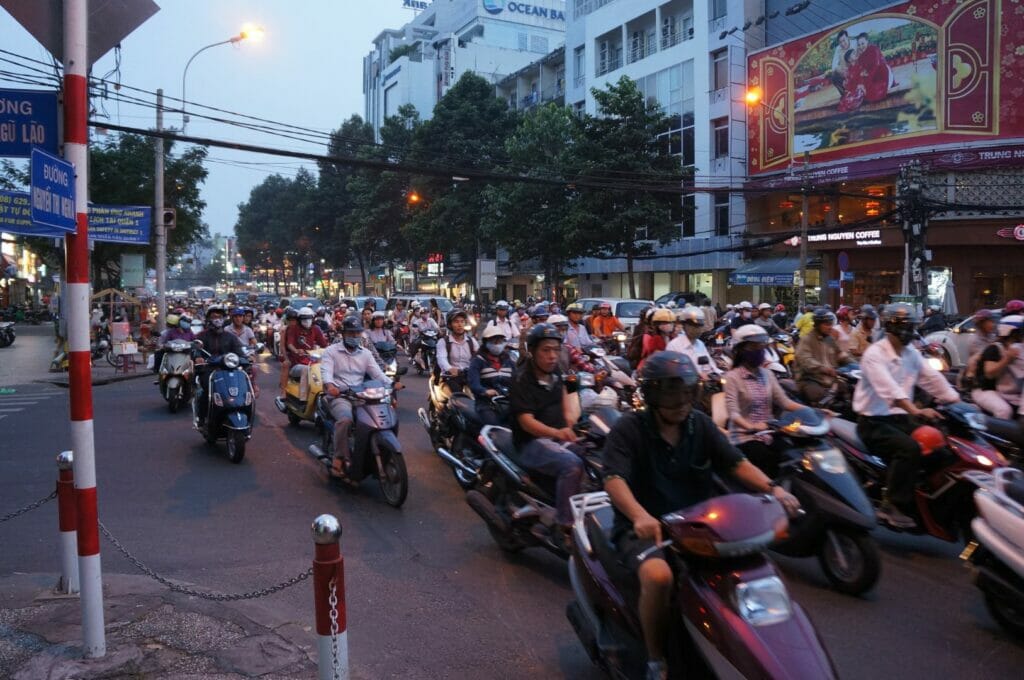
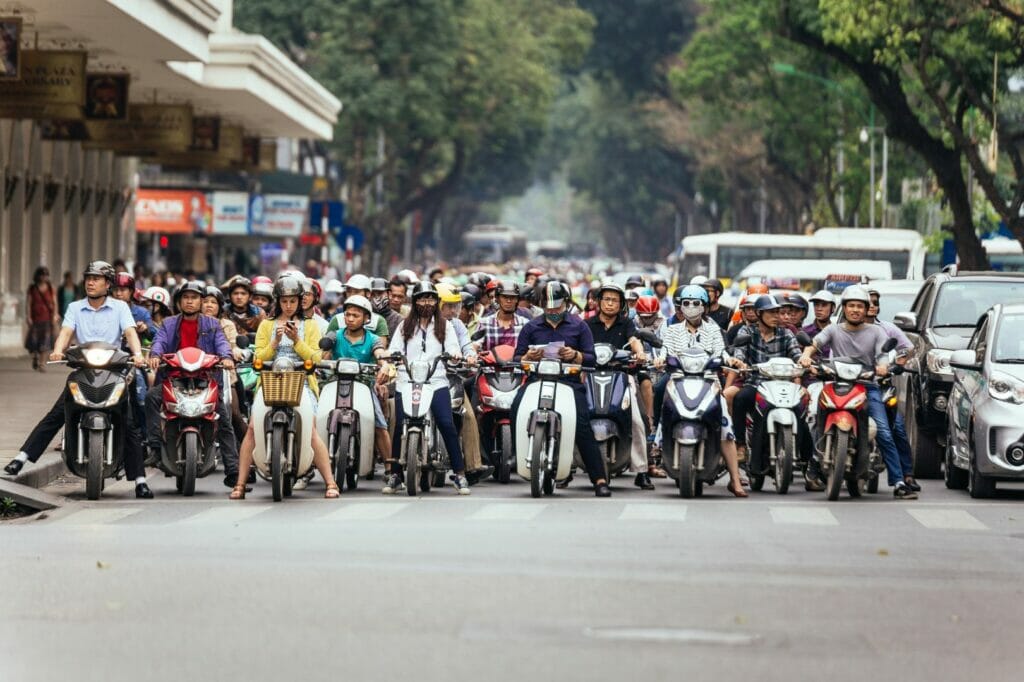
Dress appropriately
Yes, it’s hot, and it’s super cool to ride in a bikini with your hair blowing in the wind and flip-flops on your feet. But keep in mind that in the event of an accident, that outfit offers you almost no protection. We’ve met travelers with serious scars all over their bodies from a simple 15 km/h fall! So, jeans and a jacket are highly recommended.
Don’t ride if you’ve been drinking
It seems obvious, but how many people ride completely drunk in tourist villages? A bucket of mojito doesn’t make you invincible. And no, Red Bull doesn’t give you wings!
Adopt local driving rules
Don’t try to ride like you would on European roads. Here’s a tip: on Asian roads, the number one rule is that the bigger vehicle has the right of way! On a scooter, you’re at the bottom of the chain, so don’t expect a bus (or a cow, for that matter!) to give you priority.
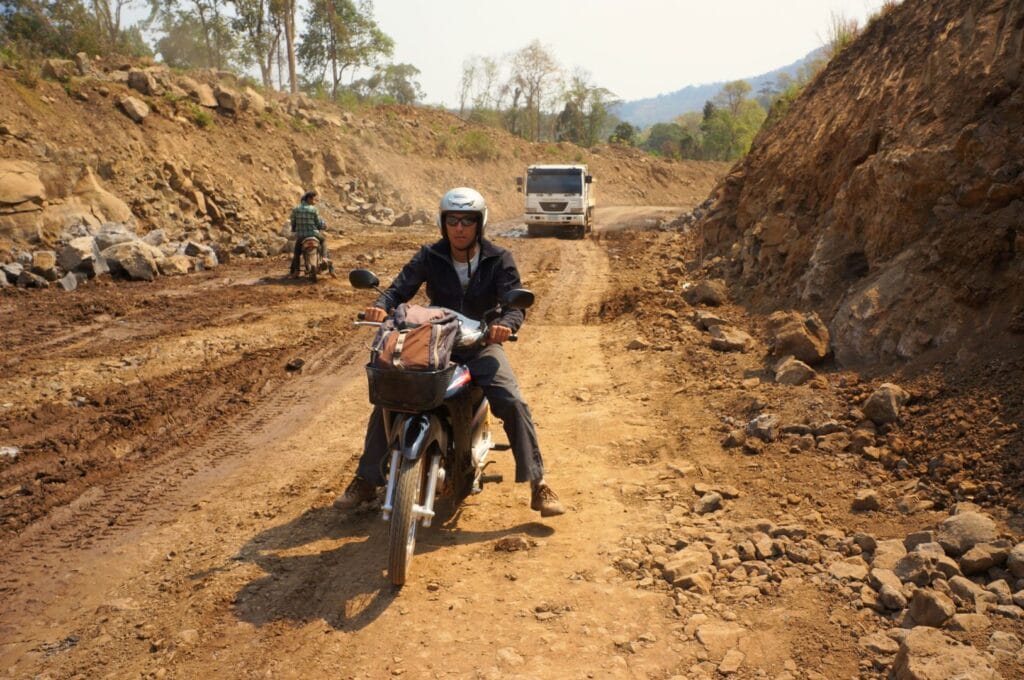
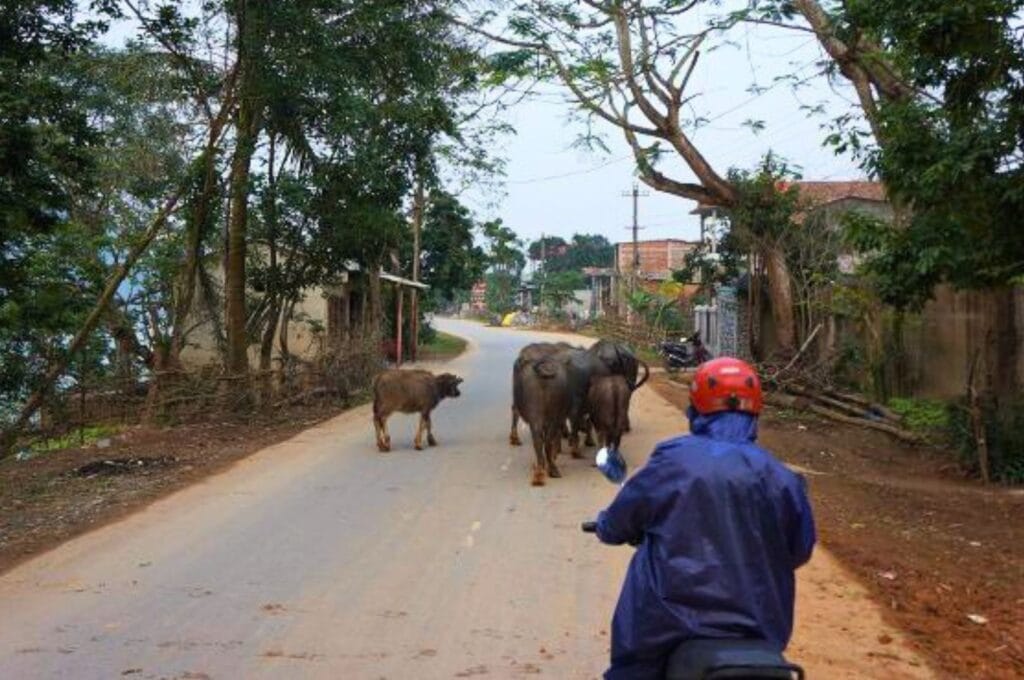
In cars
Renting a car is a good way to explore a region, and we did so in northern Argentina… But also, pay attention to a few points!
Forget about alcohol
If only for your insurance. In a country like Argentina with a 0 tolerance policy, even a single beer could have serious consequences! It’s not that you can’t handle a beer, but if an accident happens, your insurance won’t cover anything since the limit is 0! So, always check the country’s rules before setting off.
Fasten your seatbelt
It’s simple, but just because you’re on vacation doesn’t mean you won’t fly through the windshield in an accident!
Adjust your driving
For example, in Argentina, speed limits are a vague concept. There are signs, but no one really follows them. If a sign says 80 on a country road, and everyone’s doing 120 km/h, it’s intense… When you see slowdown signs asking you to reduce your speed to 50 km/h, but everyone still drives at 120, it’s even more intense! In short, find a balance.
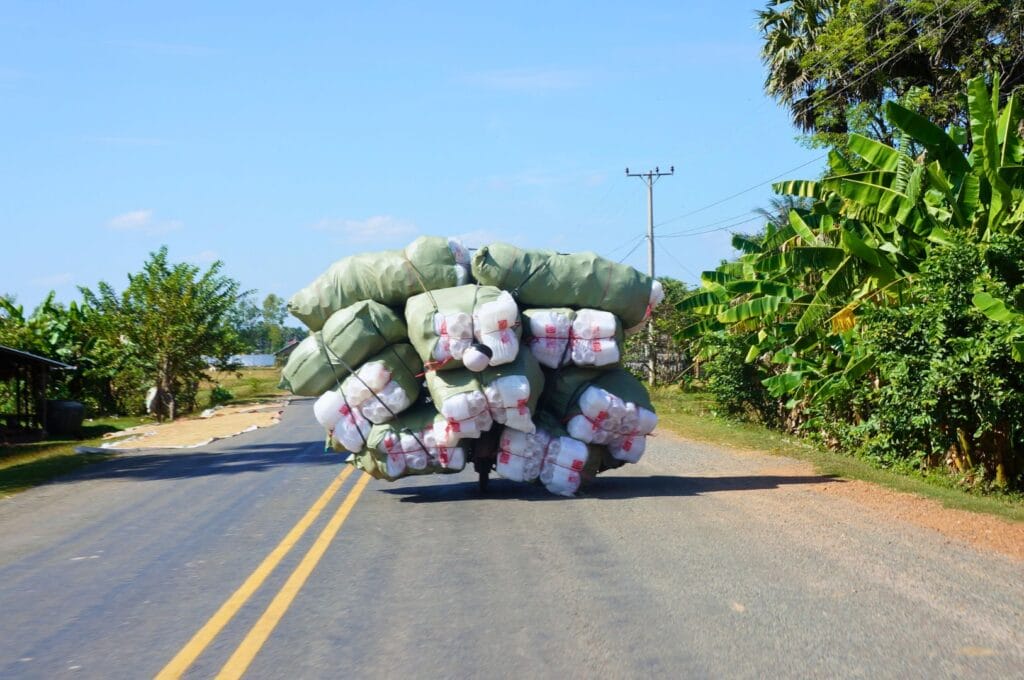
Learn the traffic rules
Still in Argentina, priority to the left in roundabouts seems non-existent. The main road concept prevails, and the vehicle on the more important road wins. Sometimes it’s obvious, sometimes it’s more stressful!
In buses
Especially in Southeast Asia and South America, you’re likely to cover many kilometers by bus, whether by day or night. In such cases, aside from trusting the driver and fastening your seatbelt (if there is one, which is rare in itself), there’s not much you can do! Oh, and avoid looking at the road: the risky overtakes and high speeds might give you a heart attack at times. Sometimes ignorance is bliss, trust me!
After that, if you really don’t feel comfortable on the bus, don’t hesitate to get off. You’ll lose a bit of time, but you’ll feel more at ease. Besides, you’ve got plenty of time!
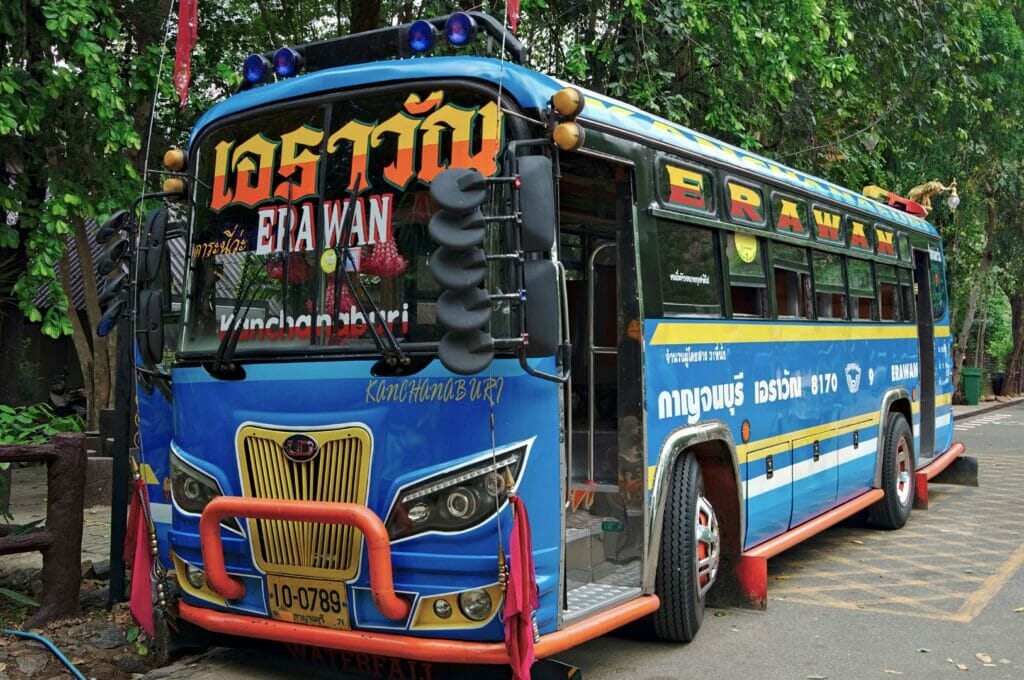
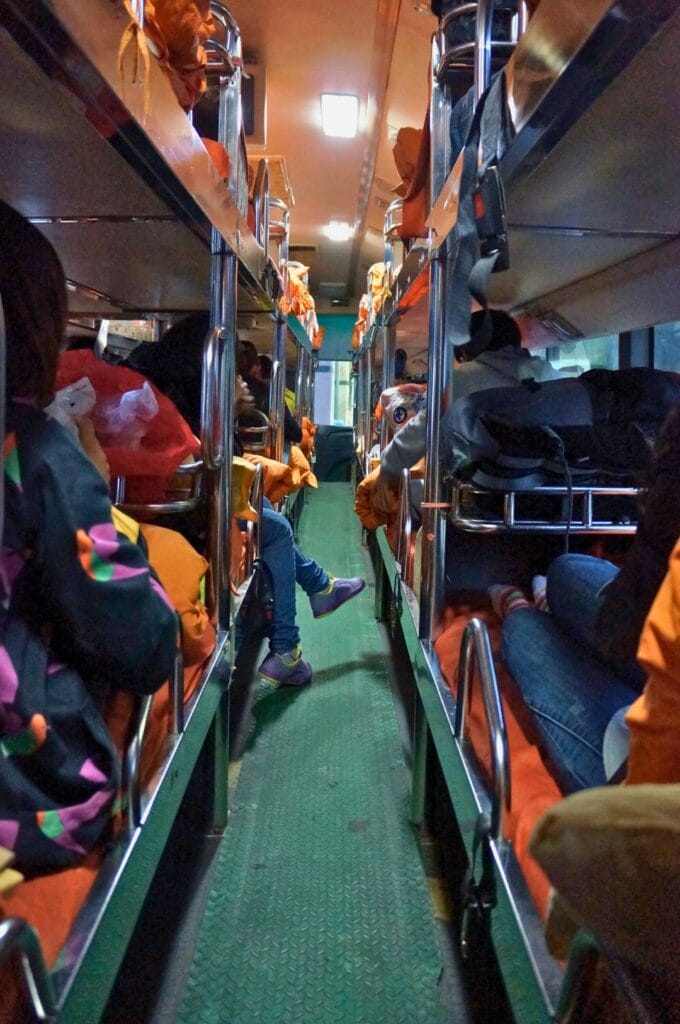
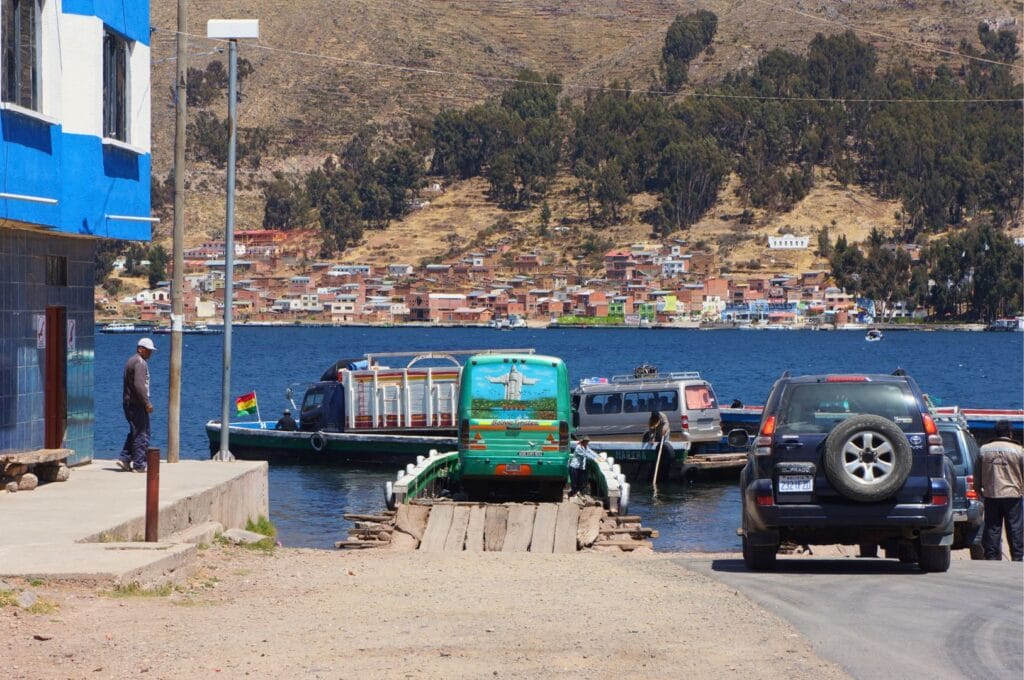
Travelers’ diarrhea
Ah yes, the infamous traveler’s diarrhea! This one was unexpected, or at least not as bad as it turned out… Before leaving, we were more worried about Asia, but in the end, it was South America that knocked us out! Nothing too serious, just a few days, or in Benoit’s case, a not-so-fun 23-hour bus ride. To remedy this, check out all the medications in our travel first aid kit. Plus, here are a few tips to avoid getting too sick:
Be wary of the water
Drink only bottled water, purified water with a filter/tablet, or boiled water! Some countries like Chile and Argentina are exceptions, where tap water is safe, but in other places, don’t take risks! However, there’s no need to become paranoid… We’ve always brushed our teeth with tap water and never had any problems.
Don’t assume that a more expensive restaurant is safer
This applies especially to Southeast Asia, but mainly to China! Many travelers only go to tourist restaurants out of fear of getting sick. And guess what? They almost always get sick! As for us, with our sometimes questionable street food: NOTHING!
The reason? Think food turnover! A restaurant that serves only a few dishes to tourists has much less turnover than the little old lady who serves 300 dishes a day in the street. She sells so much that she restocks daily. Our golden rule is to eat where the locals eat or where it’s busy. And avoid ordering the super fancy stuff! We felt much safer ordering chicken and vegetable noodles than a Hawaiian pizza. Check out our dedicated article on Chinese cuisine for more info.
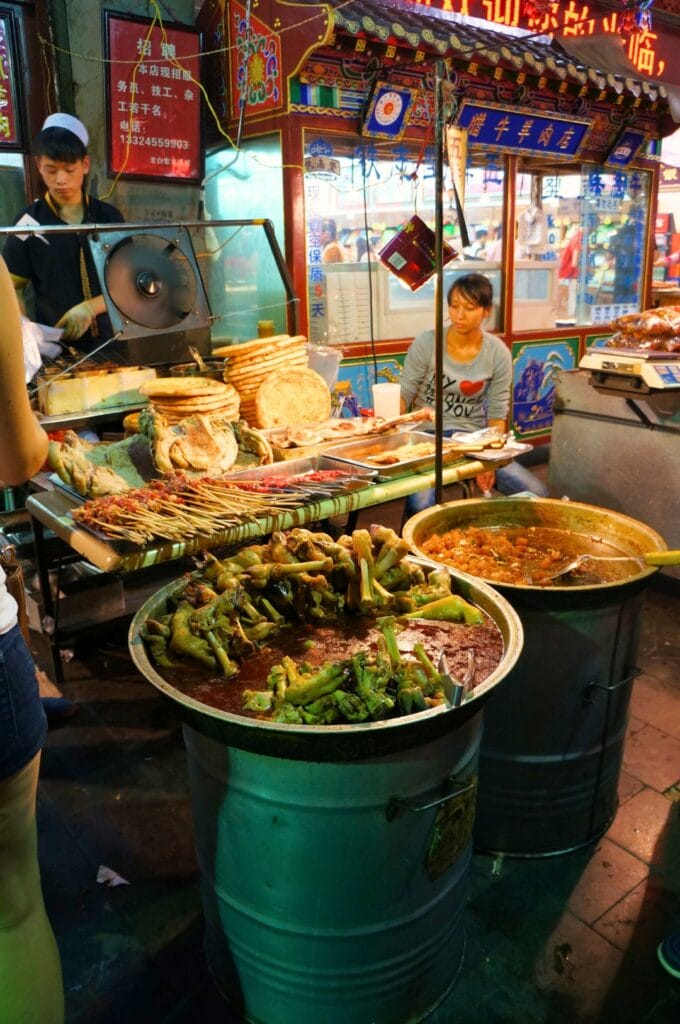
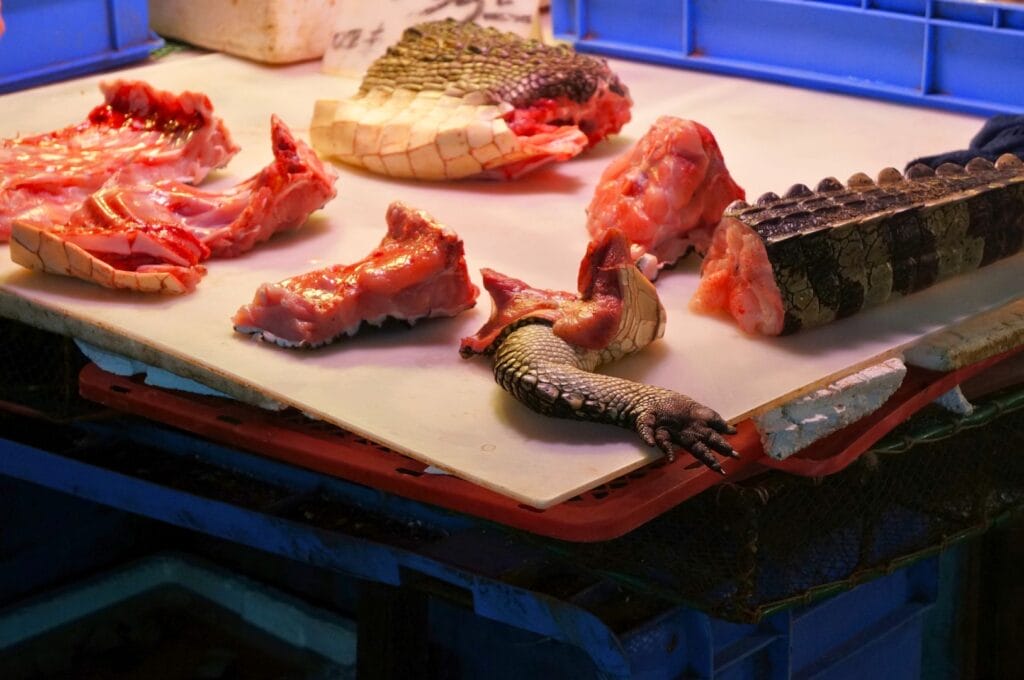
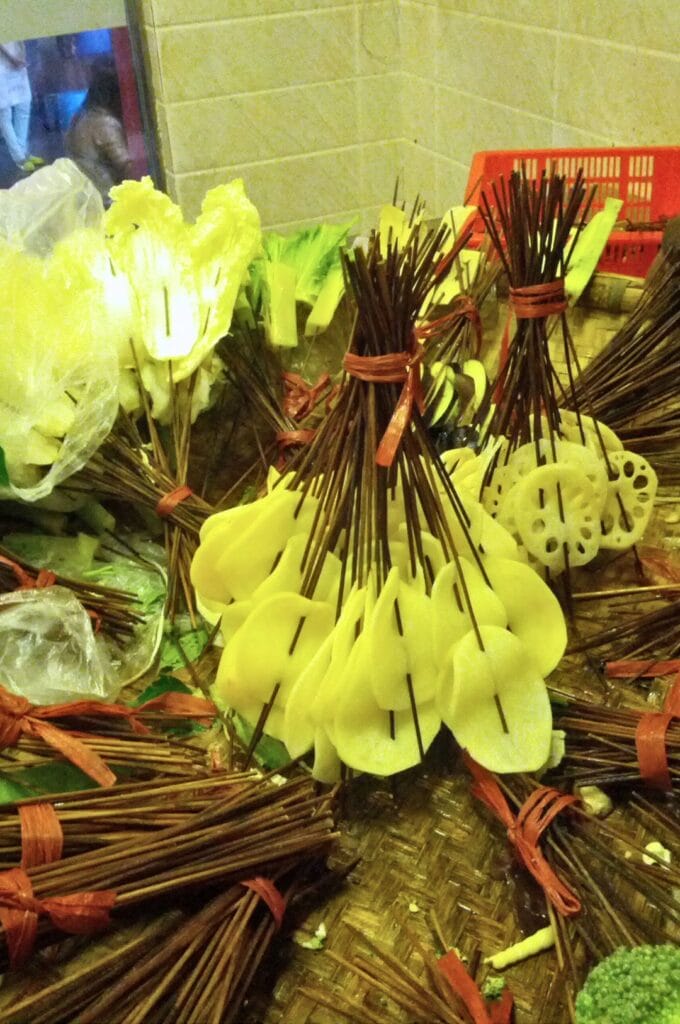

The more you think you’ll get sick, the more likely it is to happen! We’ve eaten hundreds of fruits—often without washing or peeling them—and tried thousands of local specialties—some better than others—and no issues at all! The only meals that actually made us sick were the ones we least expected… A highly recommended vegetarian restaurant in La Paz nearly got the better of us, and yet, it was delicious!
Pickpockets while traveling
Yep, it happens, unfortunately, just like in Europe! In total, we’ve been victims of pickpockets twice in our lives. Once in Vienna, Austria, and once in Barcelona. And no, not even during our world trip!
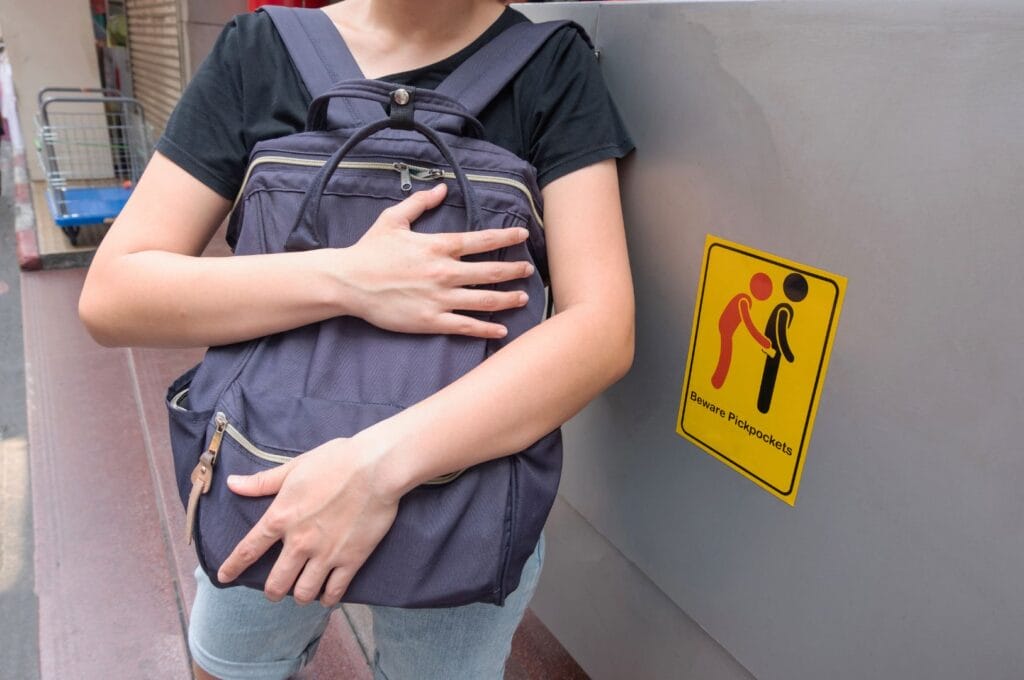
Often, there’s not much you can do—you won’t even notice it happening. However, following a few simple rules can make things a bit harder for pickpockets.
- Gentlemen, never put your wallet in the back pocket of your pants, unless the pocket can be buttoned up (though even then, it’s not the best idea).
- Don’t leave your phone or wallet lying on the table in a bar or restaurant.
- Avoid flaunting your valuables or giving off the impression that you’re carrying three times the national GDP of the country—that’ll help you avoid attracting attention.
- Keep some emergency cash in a safe place, out of reach of wandering pickpocket hands. Whether it’s in a money belt, inside a bra (for the ladies), in your socks, etc., it doesn’t matter. Just avoid keeping large sums easily accessible.
- Ladies, keep your handbag on your lap in bars, never hanging off the back of a chair, and certainly not on the floor! Personally, I found a cross-body bag very practical. That way, wherever I was, I always had it on me! And of course, wear your cross-body bag in front—don’t let it dangle behind you, pretending it’s part of your outfit!
Potentially dangerous animals or insects
Yikes, creepy crawlies! A phobia for many people, and honestly, I’m not exactly a pro in this area—especially when those critters have eight legs! Before traveling, I wondered how I would cope, especially when faced with my first cockroach.
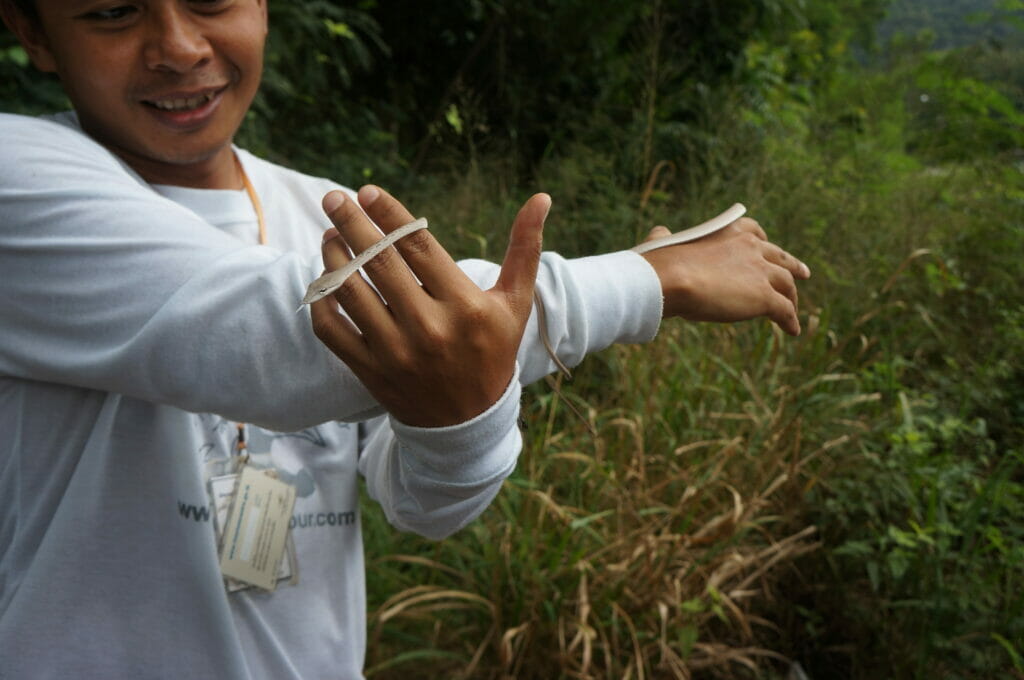
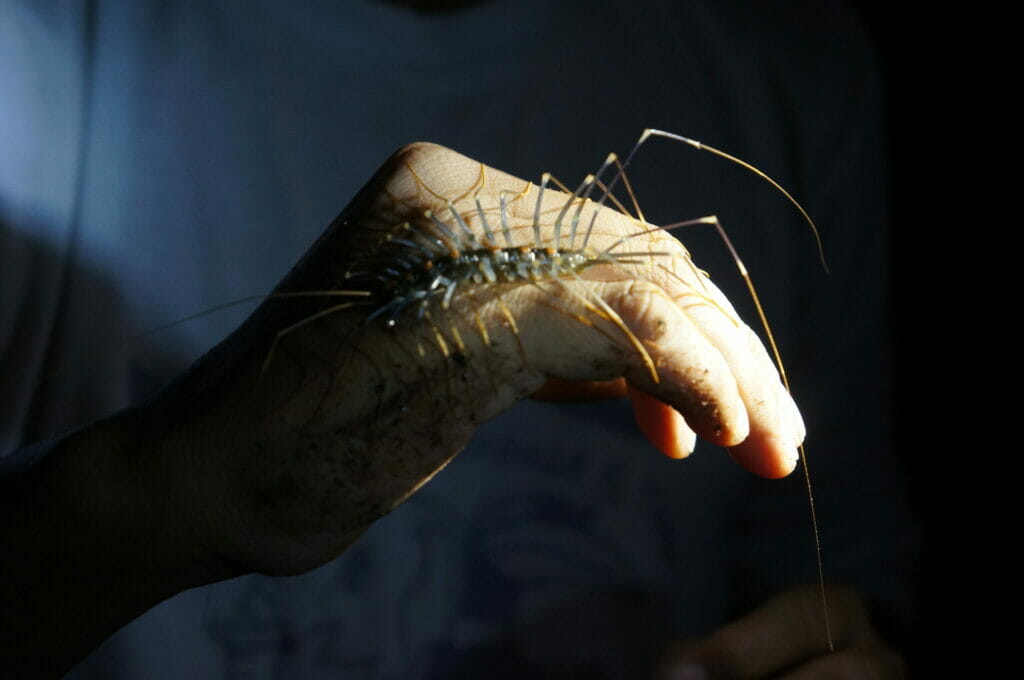
Well, I had to get used to it quickly because, during our first week of travel, a cockroach fell on me while I was in the shower in China. When I looked up, I saw dozens of them on the ceiling of that seedy hostel bathroom! Screams, and panic, and I ran out of the shower immediately. Yes, that was me, the girl running naked through a Chinese hotel hallway, screaming! Today, I can laugh about it. Travel builds character, and believe it or not, you get used to everything! I’m still not a fan of spiders, but let’s just say I’m a lot more chill about it now!
Between South America and Southeast Asia, the competition is tight when it comes to bugs! But in the end, we encountered more in Asia. Here are all the insects and spiders we met on our travels and how to prevent potential dangers.
Mosquitoes
The number one problem when traveling: mosquitoes! They’re like tourists—they love the heat and come out at dusk, often around bars and terraces, just in time for happy hour. To prevent bites, there are numerous tricks, and we’ve tried pretty much all of them. Creams, gels, sprays, patches, essential oils, mosquito repellent plugs, incense… Well, first off, they work, but not 100%. You will probably still get bitten. The best technique is still to cover up in high-risk areas. Linen pants and long-sleeved shirts will be your best friends, much more effective than anything you can buy in stores!
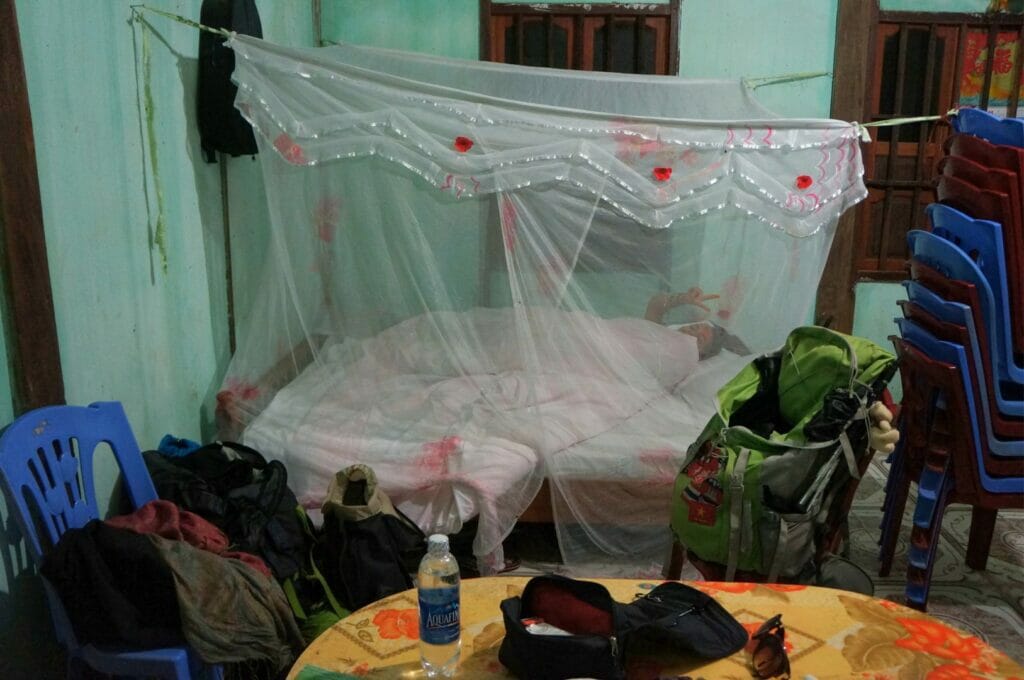
Sure, mosquito-borne diseases exist, and it’s better to avoid getting bitten, but don’t fixate on it. The chances of catching malaria or another illness are quite low!
Spiders
Yuck! For me, spiders are probably the grossest creatures. Although… with travel, I’ve learned to tolerate them since they eat mosquitoes! But I’m still not a fan, especially if they’re big and hairy. Honestly, you probably won’t encounter that many, and most species are harmless to humans. Yep, I comfort myself with that thought!
Bed bugs
These pests are a real nightmare! We weren’t spared in Asia—one week with bed bugs during our cycling and camping trip in Taiwan, a few bites in Laos, and a 23-hour bus ride in Indonesia with infested seats! Sorry, but there’s not much you can do to prevent them. The only option is to inspect mattresses or seating. You can’t see bed bugs, but you can spot small black specks or tiny blood stains (their droppings).
For the curious, the bites look more or less like this:

Sandflies
Sandflies are sort of like the South American version of mosquitoes. Tiny, they are everywhere in the Andes and bite both day and night! We got absolutely eaten alive by these little things during our 9-day trek to Machu Picchu! The only effective remedy? Wear long clothes! To get an idea of sandfly bites, check out 02:12 in the video below ;).
Other insects and critters
Often harmless, cockroaches, centipedes, and other creepy-crawlies aren’t very appealing but aren’t particularly dangerous either. In general, you’ll learn to live with them! Avoid touching them, and if a critter seems dangerous (like a scorpion), don’t hesitate to ask a local for help. They’ll probably find it pretty funny to see a little European afraid of such a small creature, and they’ll likely help you get rid of it. Speaking from experience in the Amazon!
Stray dogs
Stray dogs can be a concern in some regions, especially if you’re hiking. But in our experience, they’re pretty indifferent to your presence. Most of the time, they’ll simply approach you, wagging their tails, hoping for a treat or a pat! In South America, it’s not uncommon for them to follow you for an entire day while hiking, and very few of them mean any harm. In general, stray dogs are more like this:
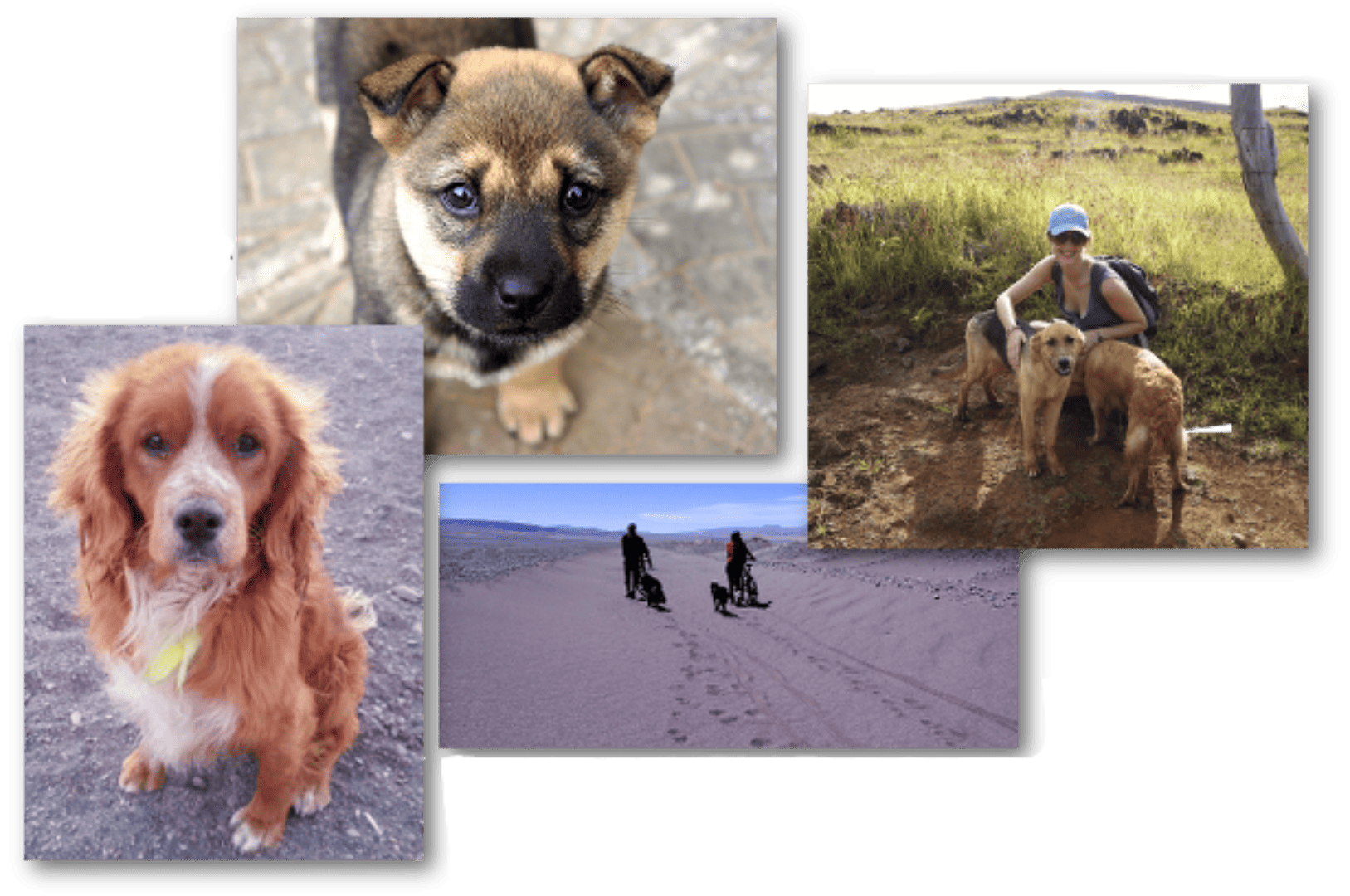
More dangerous dogs, in our opinion, are those in nature that are semi-domesticated—meaning they are vaguely fed by someone and in return, they guard that person’s property. We had a few scary moments while hiking in China with dogs guarding yak herds. Our advice: keep your distance from houses, stay calm, and in case of doubt, keep a couple of rocks in hand to defend yourself if they come too close.
Snakes
I’ll admit, they scare me. But in 18 months, we’ve seen exactly four snakes. The first three were in the jungle with a guide who showed them to us! The last one was during a solo hike, and yes, that one scared me. So yes, they exist, but they sense you coming from far away. In general, they’d rather run away than face you! The one we encountered while hiking quickly slithered away. The poor thing was more scared of my screaming than I was of it! Honestly, we’ve encountered more snakes in France and Switzerland than on our travels!
Geckos
The gecko is a strange creature you can easily identify by the noise it makes, especially at night. For a long time, we thought it was a bird! Anyway, these little guys will officially be your best friends while traveling. They love hanging out on the ceilings of your room and mainly eat mosquitoes and spiders. And since tourists aren’t on their menu, they really are the ideal travel companion!
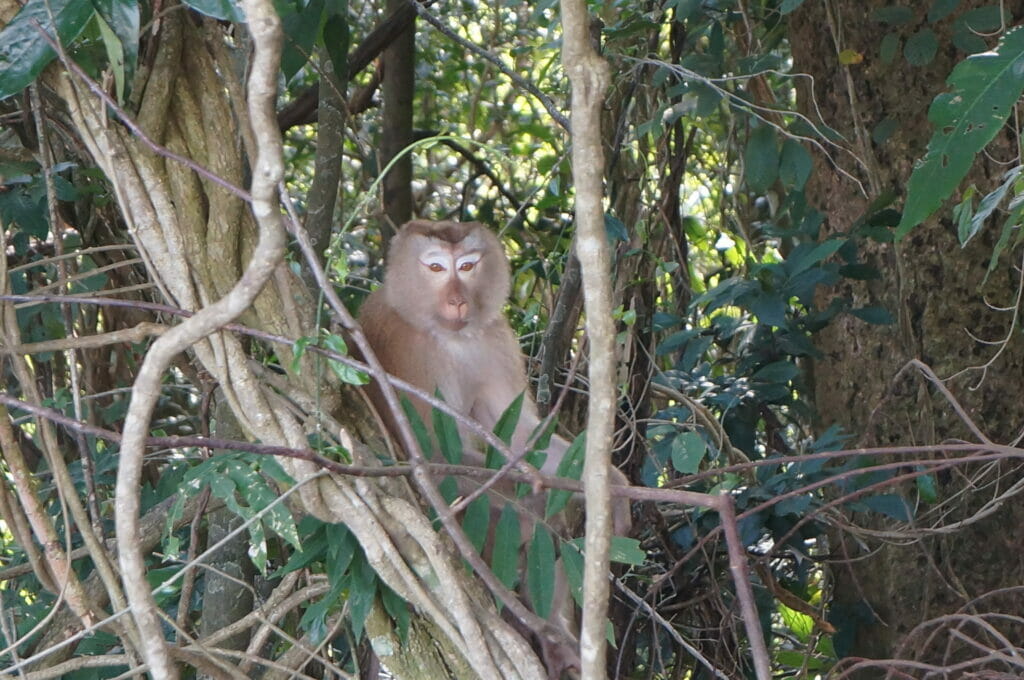
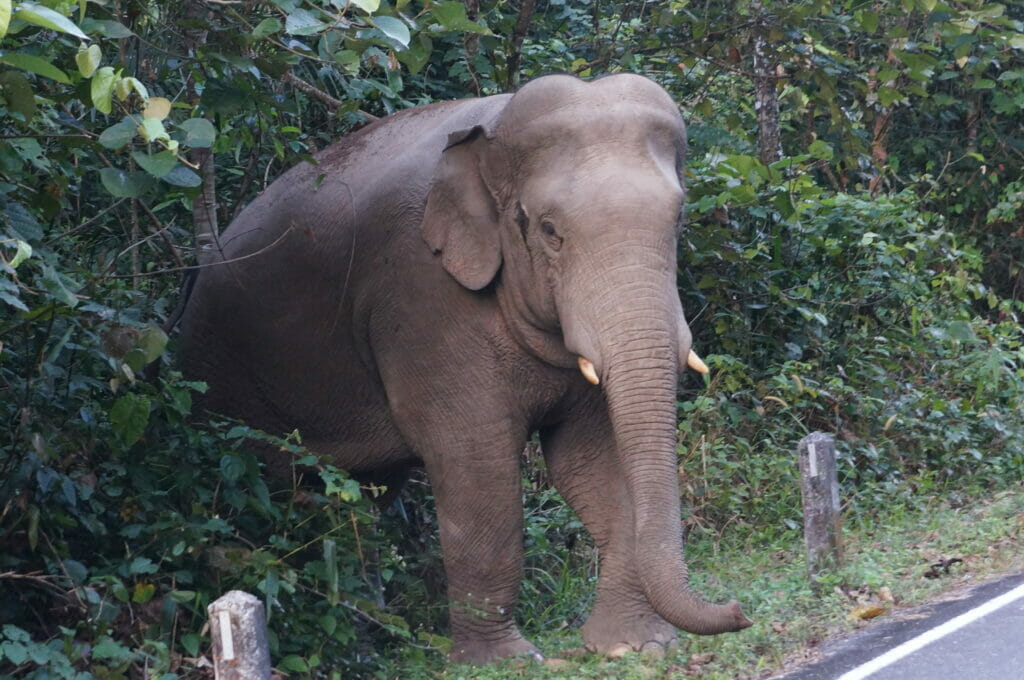
Other wild animals
Elephants, hippos, lynxes, lions, etc. Yes, they exist and can be dangerous, but honestly, humans spend far more time seeking them out for photos than these poor creatures do hunting us. Basically, leave them alone, and everything will be fine! For more tips, check out our guide on how to behave when faced with an elephant.
Muggings and snatch thefts
These types of crimes are highly publicized and do happen everywhere, though it’s true that they are more common in South America than in Asia. It might be a cultural difference—while in Asia, scams are more prevalent than physical violence or delinquency. Even though it’s a reality, it’s not something happening on every street corner either. We traveled for 18 months, 9 of which were in Latin America, without encountering any issues ourselves!
Here are some basic safety rules that apply anywhere in the world:
- Avoid openly displaying your wealth in public places, especially in big cities. Walking around Quito with a camera around your neck and dollar bills sticking out of your pockets is not a great idea.
- Always take official taxis.
- Don’t walk alone at night in big cities, especially not in poorly lit, quiet streets.
- Trust your instincts! If you don’t feel safe in a place, take a taxi, go into a store or café, and head back to where you feel comfortable.
- Avoid projecting stress and suspicion. Someone who is relaxed draws far less attention. Be confident and walk with purpose. If you look lost, simply ask for help!
- Keep your passport, credit cards, and other important documents on you, perhaps in a money belt.
- Never walk through public parks at night.
- Ask your hotel or hostel for advice on areas to avoid and follow local recommendations.
- And most importantly: in case of an attack, do not try to resist. Hand over what you have and remember that nothing is irreplaceable!
For more details, read our full article dedicated to safety in South America.
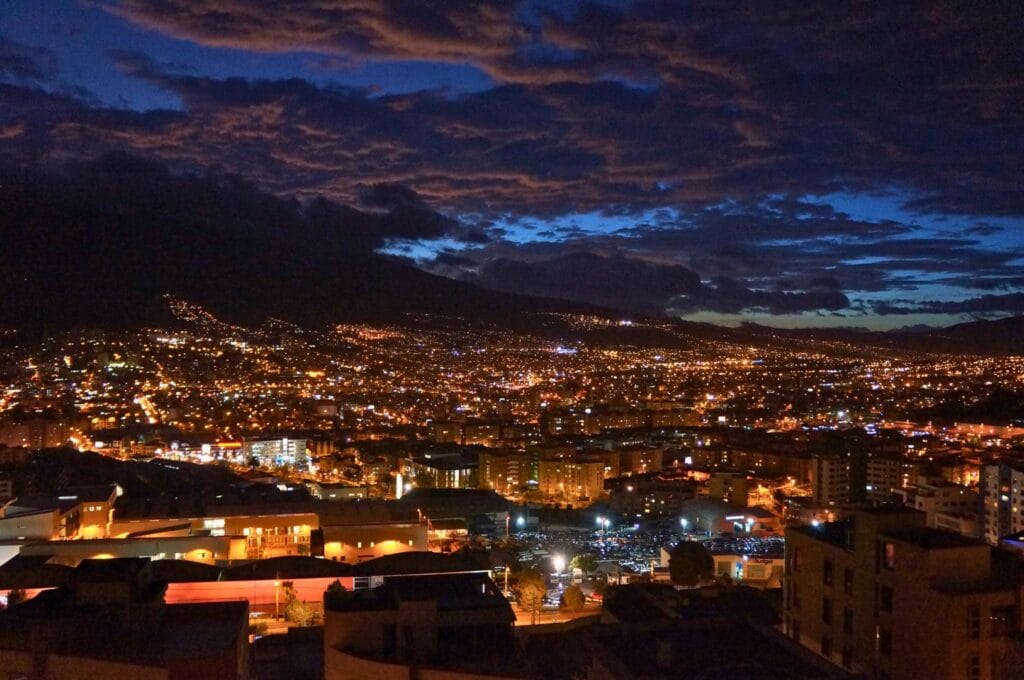
Scams
We’re not sure if we’re being entirely objective about this “danger.” Southeast Asia wore us down a bit in this regard. Everything is negotiable there—even a bottle of water bought on the street. We often felt like we were getting scammed, a feeling that completely disappeared in South America. Of course, there are some tourist traps on the American continent too, but it’s nothing compared to Asia, in our opinion.
Here are some practical tips to avoid these inconveniences:
- Try to quickly get used to the local currency and have price references for everyday items—a bottle of water, a bus ride, a night at a hotel. Knowing average prices will help you gauge the level of scams.
- When negotiating, always do so with a smile!
- Know what you want and, before asking for the price, set in your mind the amount you’re willing to pay and stick to it! If you bought a cool bracelet you absolutely wanted for 3 euros but it’s probably only worth 1 euro, both you and the seller are happy—end of story!
- When taking a taxi or tuk-tuk, try to know in advance how far you need to go, as this will help you negotiate the price. Always agree on the price before getting in! When possible (like in large cities), insist that the driver uses the meter. In places like Bangkok, a metered taxi is incredibly cheap!
- Don’t hesitate to observe what a local pays before you for street food or drinks. Queue up, have your money ready, and hand it over confidently. If the seller sold the same thing two seconds earlier and you show that you know the price, there’s usually no problem.
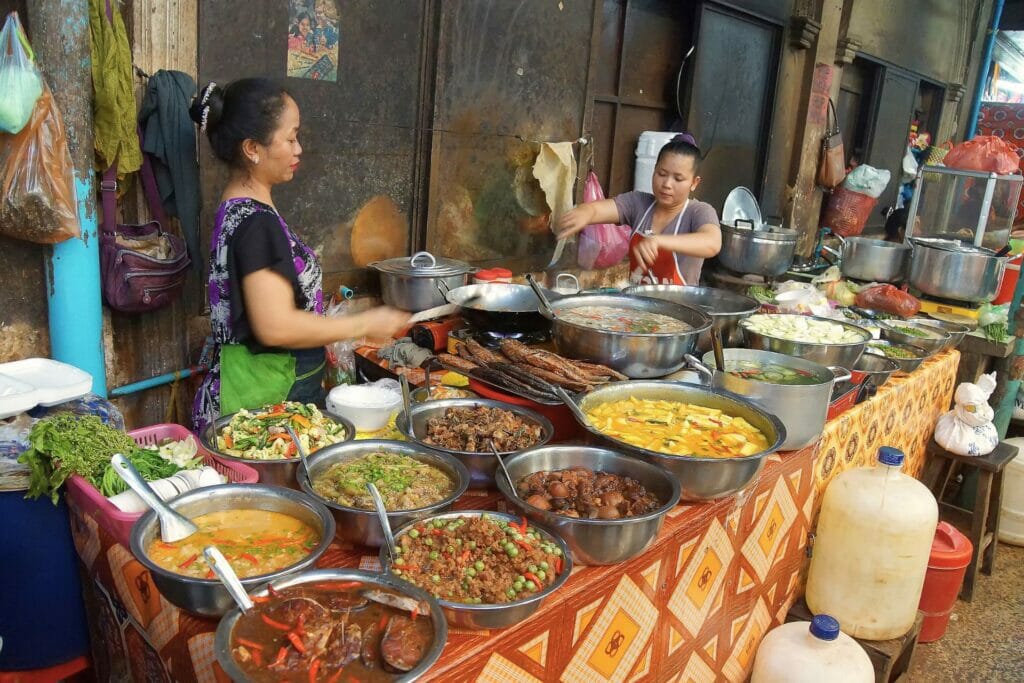
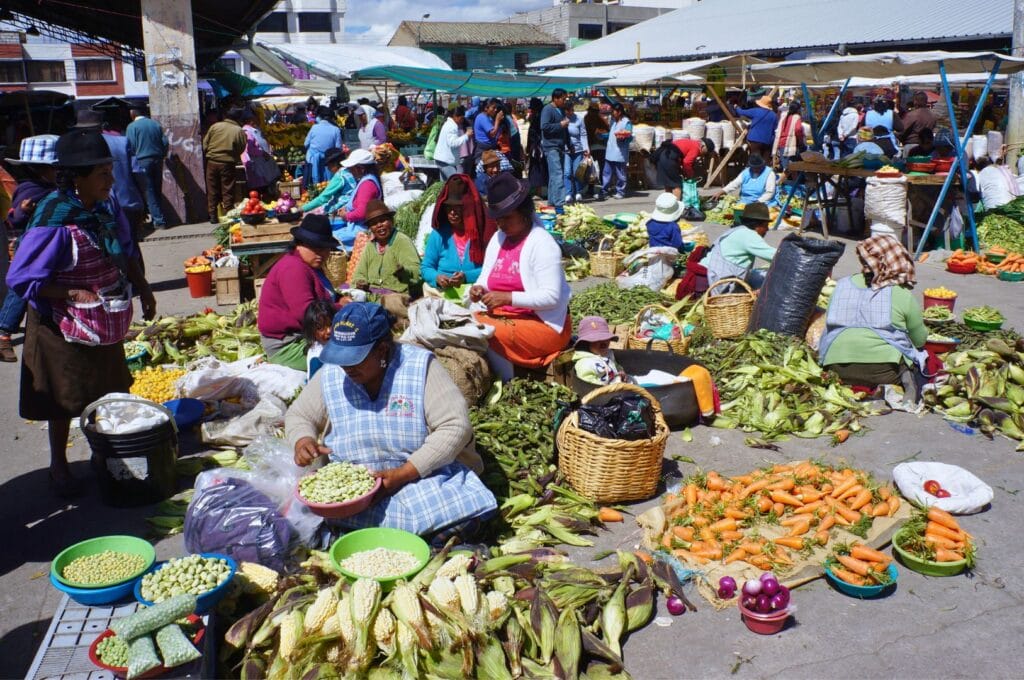
- If the situation is different, stay cool and keep things in perspective! You really want a Coke, and you saw a local buy one for 40 cents, but now they’re asking you for 80… yet the seller won’t budge. You have two options: walk away or buy it. If you buy it, there’s no point in being grumpy. It’s take it or leave it, and sometimes you just have to let it go.
- When renting a vehicle, always do a thorough inspection and ensure that all damage is noted on the contract. Feel free to take pictures of any scratches or dents before hitting the road.
- If you’re in a tough situation, don’t hesitate to mention calling the police. While this often won’t make a difference, it can help. This happened to us with a taxi driver in Vietnam who wanted to charge us 10 times the price of the ride. He claimed there was a missing zero on his meter, but we had done the same ride the day before and knew the price. Plus, the amount he was asking for was more than the average monthly Vietnamese salary! For an 11-minute ride? No way, my friend!
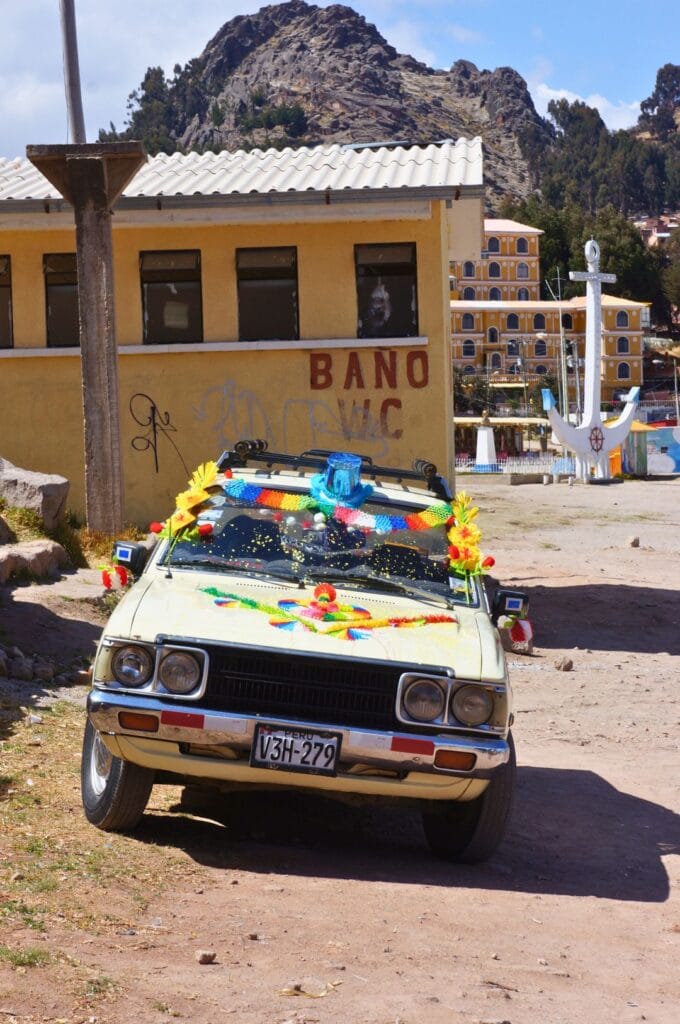
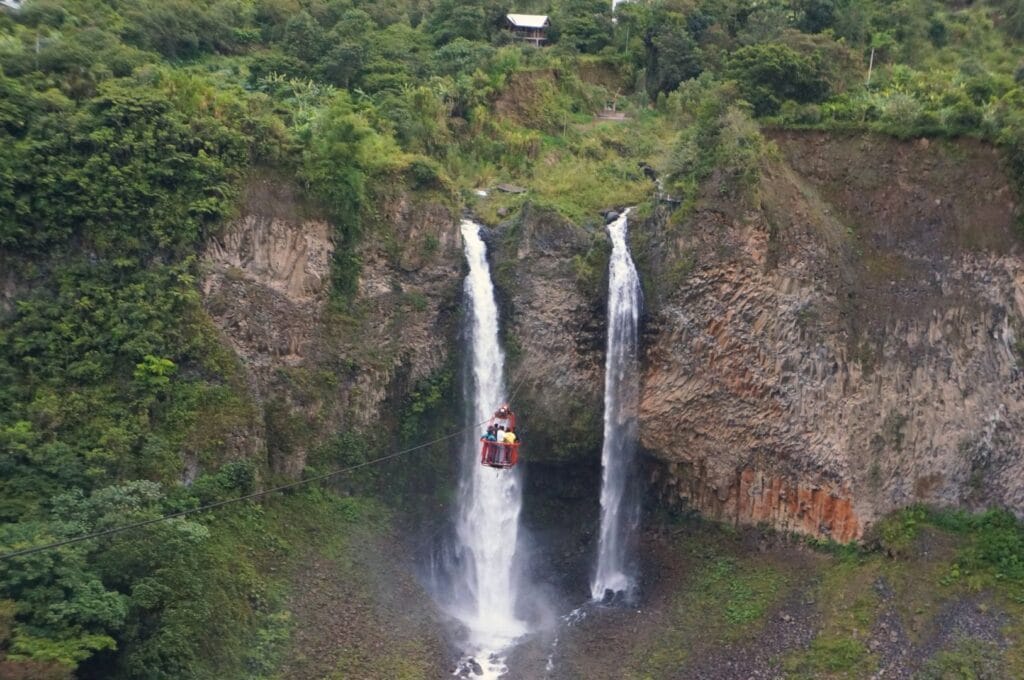
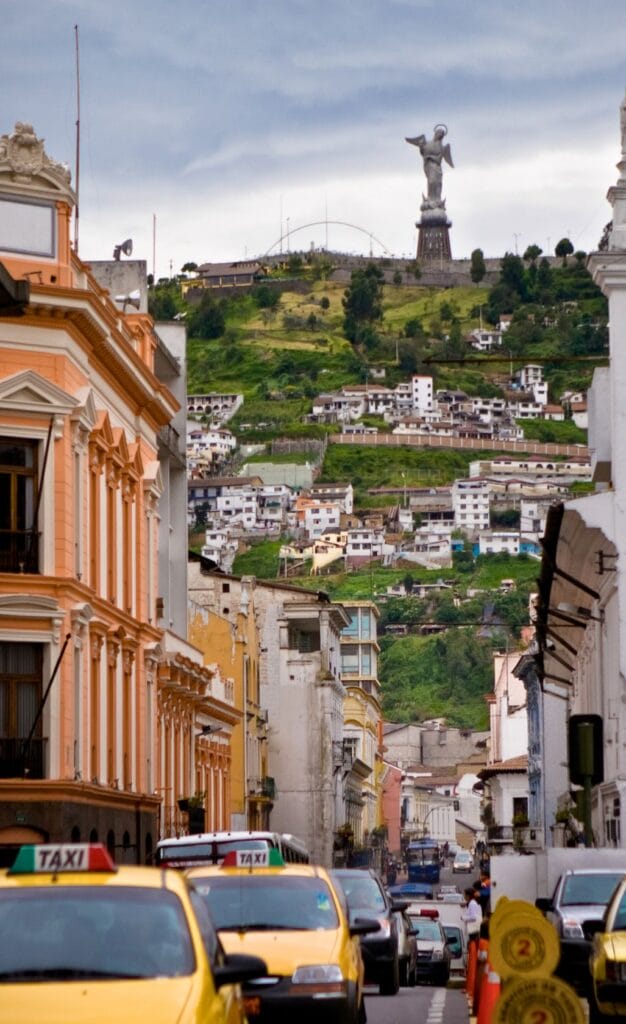
Altitude sickness
Introduction
Altitude sickness, or Acute Mountain Sickness (AMS), occurs when the air pressure and oxygen decrease as you ascend rapidly. This reduces the oxygen in your blood, causing hypoxia, which leads to this condition.
In Southeast Asia, you’re unlikely to encounter AMS, but in Nepal and some parts of China, it’s a different story… However, in South America, you may feel it even if you’re not hiking! For instance, the city of La Paz is nearly 4,000 meters above sea level, and a tour of the Sud Lípez region will take you close to 5,000 meters!
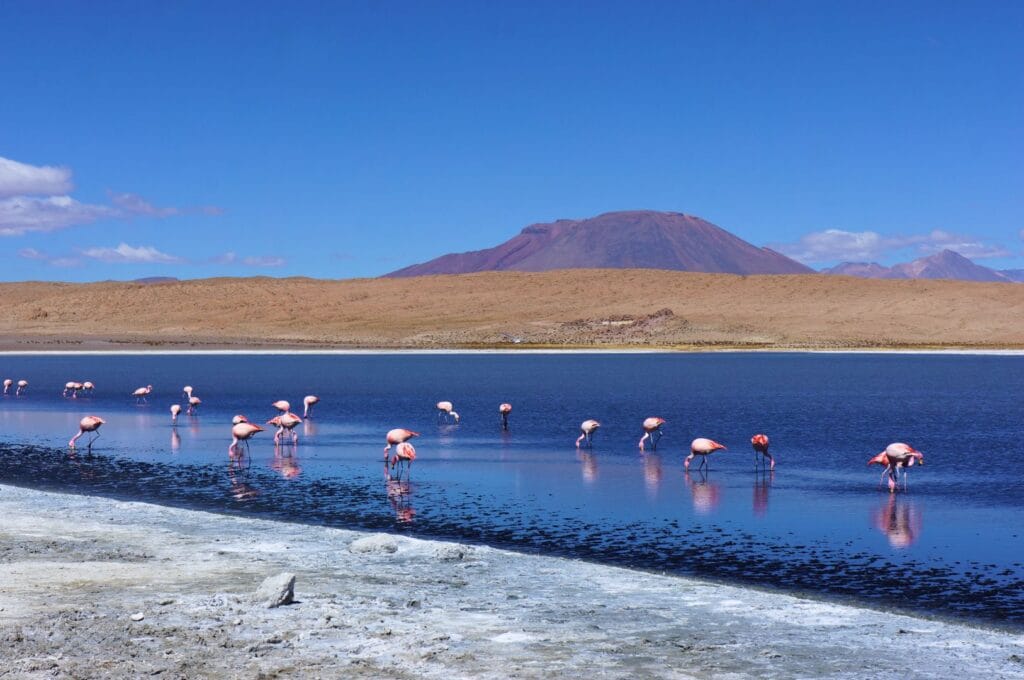
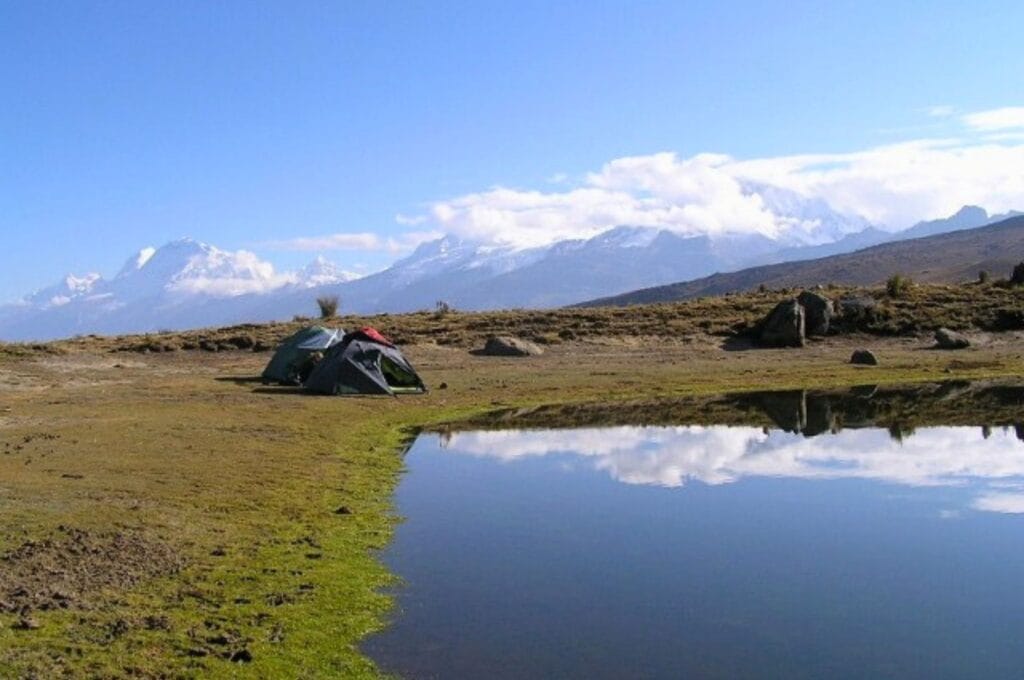
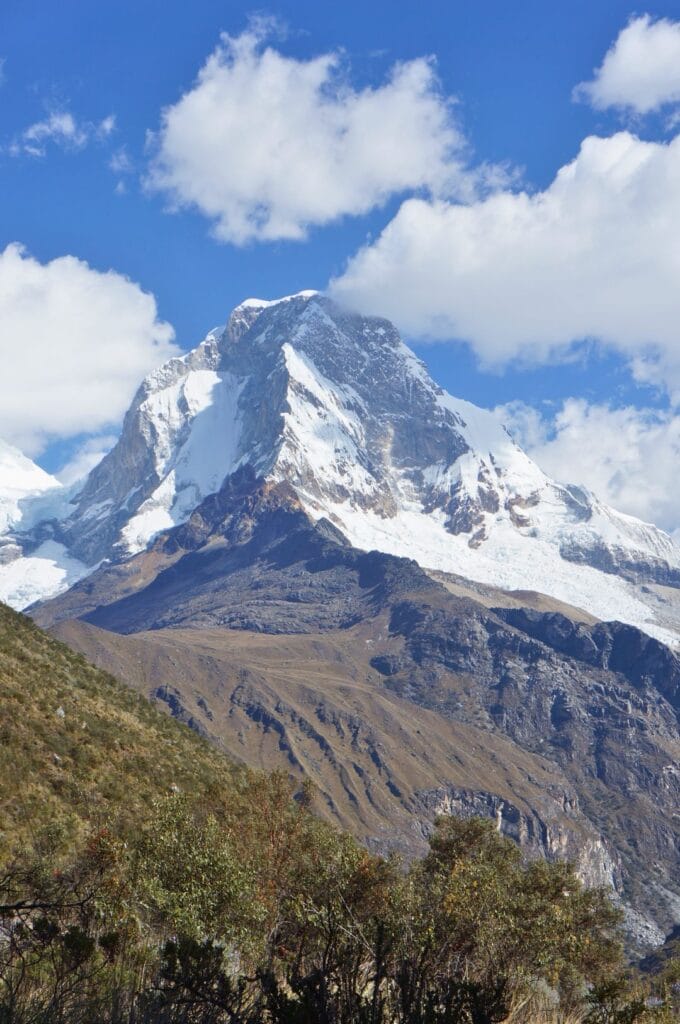
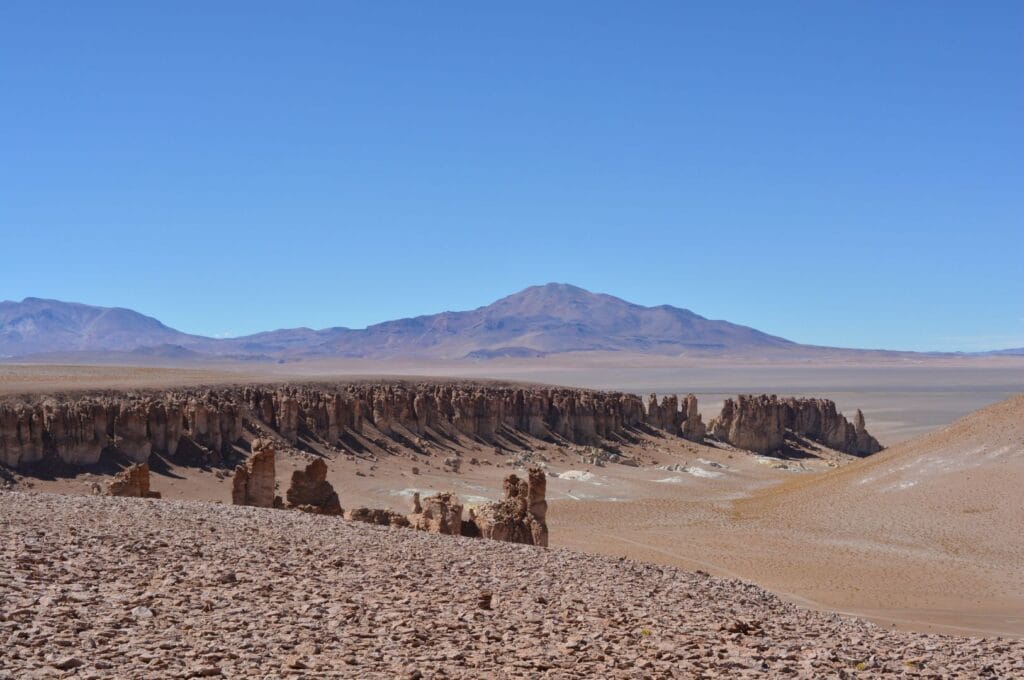
Altitude sickness can affect anyone, whether you’re a top athlete or a couch potato. Your physical condition has no bearing on this phenomenon. In fact, it’s often said that the most athletic people are the most affected.
In most cases, AMS manifests as extreme fatigue, weakness, vomiting, and headaches. The danger of altitude sickness lies in pulmonary and cerebral embolisms, which can be fatal!
There are medications available to help prevent this issue but believe us, nothing beats proper acclimatization and a few common-sense tips.
Altitude safety tips
- The most important thing is to acclimatize! Try to ascend gradually and stay at each level for a few days before engaging in strenuous activities.
- Stay hydrated! At altitude, you should drink at least two liters of water per day, and more if you’re hiking.
- Coca leaves! In South America, coca leaves are believed to help reduce altitude sickness. You can drink it as tea (mate de coca) or chew the leaves directly. We drank the tea—it’s pretty good—but didn’t try chewing the leaves. On our first day of trekking in Peru, three of our companions chewed the leaves and ended up with severe diarrhea on the first night of camping. Just saying!
- If symptoms worsen, the only solution is to descend as quickly as possible. Avoid sleeping at high altitudes if you’re experiencing more than a mild headache.
- Listen to your body! Have you ever wanted to climb a 6,000-meter peak but feel bad at 4,000 meters? Don’t push it. If you have time, you can delay the ascent and acclimate slowly. If not, don’t force it!
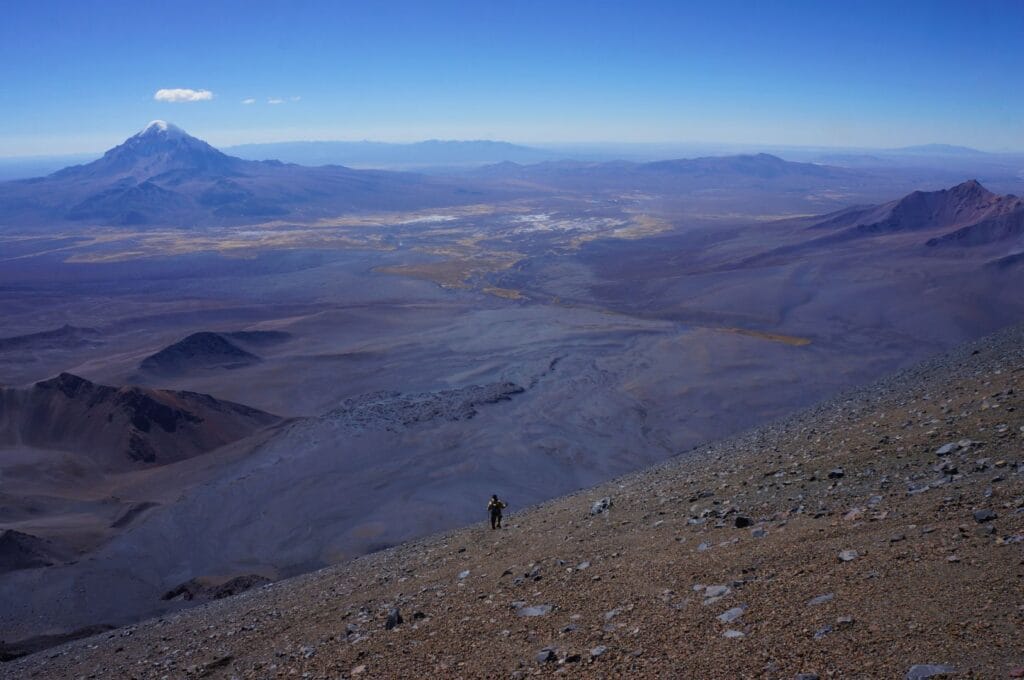
Rest assured that with a bit of caution, you’ll hardly notice the altitude! For us, it was never an issue because we always took care not to overestimate ourselves. Benoit even managed to summit Parinacota in Bolivia at 6,342 meters without any trouble!
For an example of what not to do when experiencing altitude sickness, check out our article on the Santa Cruz trek in Peru. One of our trekking companions was too proud and stubborn to descend despite early symptoms. He could have died!
Political risks
Description
We don’t always think about a country’s political situation when preparing for a trip or planning long-term travel, yet it’s an important risk to consider. Terrorism, coups d’état, riots, ethnic violence, etc., are all factors to keep in mind and monitor.
It’s easy to become disconnected from reality and world news while traveling. Sometimes, it’s hard to fully grasp the current state of a country while on the road. To help travelers stay informed about access restrictions and receive real-time alerts regarding the political situation of a country, governments have set up various systems. These can help you avoid being caught in a political or social danger.
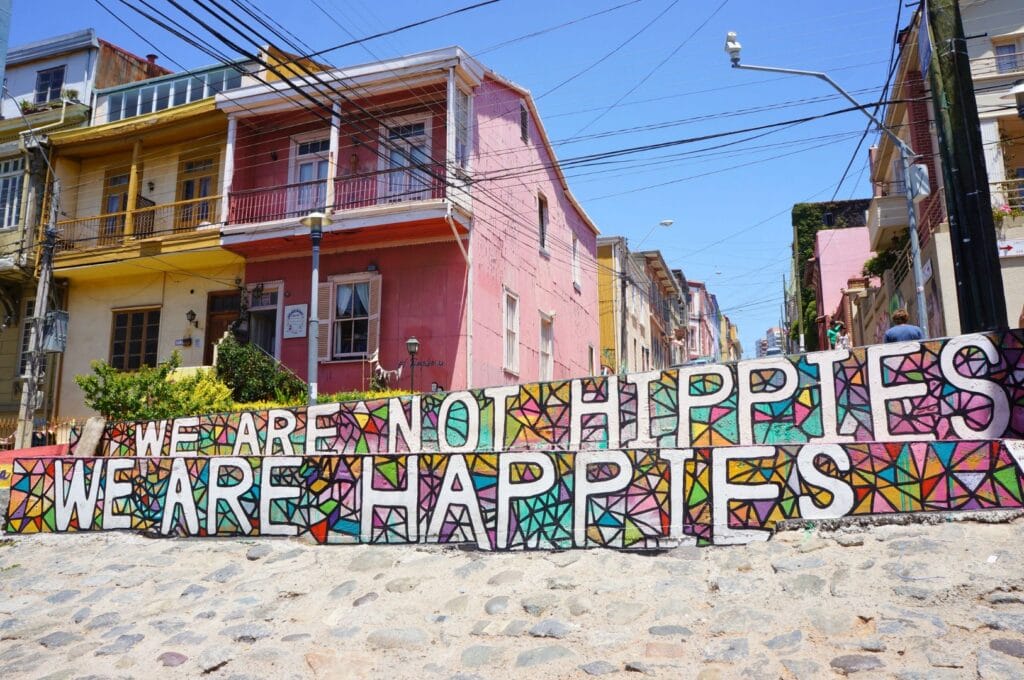
Alert systems
For Americans, the U.S. Department of State has set up STEP (Smart Traveler Enrollment Program). For Belgian citizens, there’s the Travellers Online app provided by the Federal Public Service. Swiss citizens can use the Travel Admin app, developed by the Federal Department of Foreign Affairs. For all three systems, the principle is simple: you input your travel itinerary, listing the countries you’re passing through, and if the national situation changes, you’ll receive travel alerts an email or SMS with safety instructions. For Swiss travelers, another option is to subscribe to a newsletter that keeps you informed of government directives and updates on travel advice. You can choose specific countries or stay updated on global changes.
Yes, the word “danger” can be scary, but there’s no need to be paranoid. If you’re already in a country where the situation worsens, you can assess it locally based on feedback from other travelers or locals.
For example, we were in Thailand during a coup. Honestly, the Swiss media showed images of burning cars, but it wasn’t hooliganism. In Bangkok, one street was blocked by protesters who burned old tires and cars, but it wasn’t like people were running around with Molotov cocktails. We never once felt unsafe. It’s all about perspective. To compare, the situation in Myanmar right now is completely different. I wouldn’t necessarily recommend traveling there at the moment.
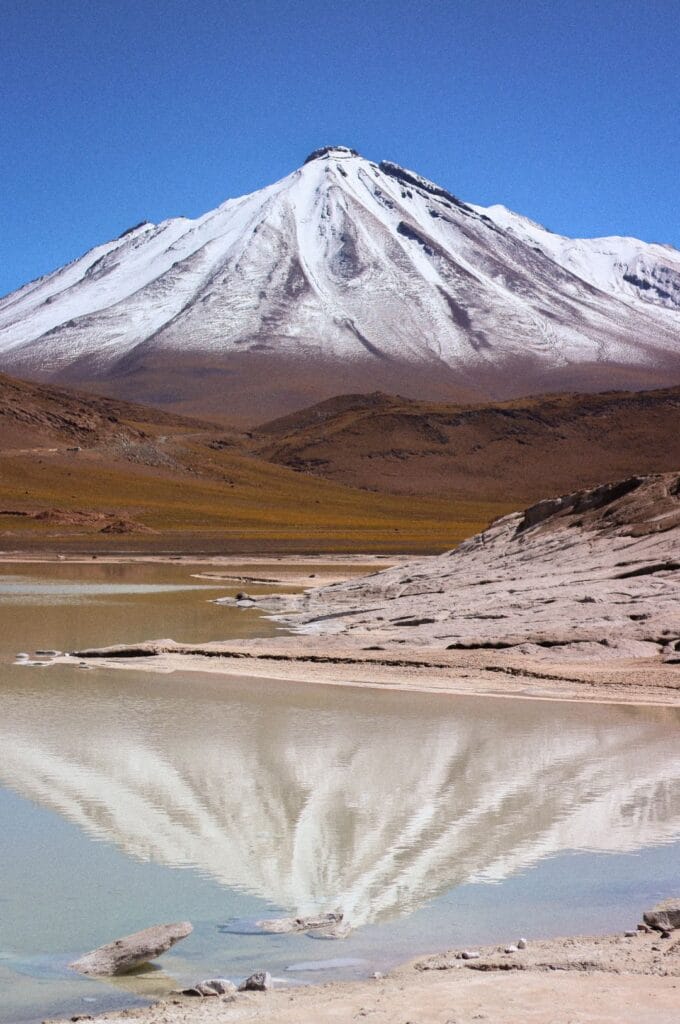
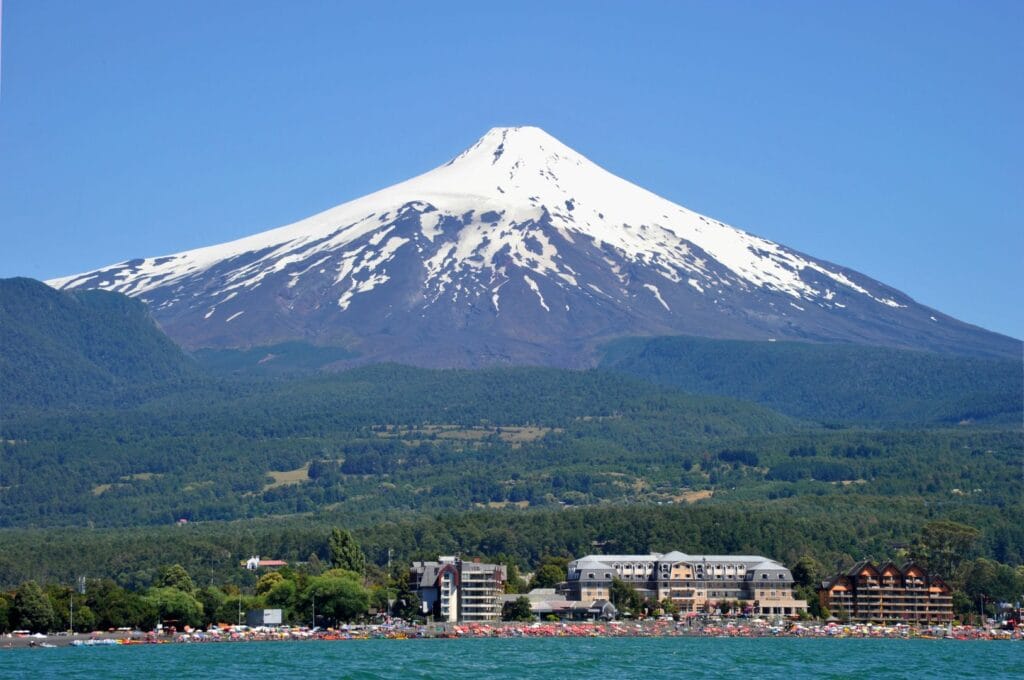
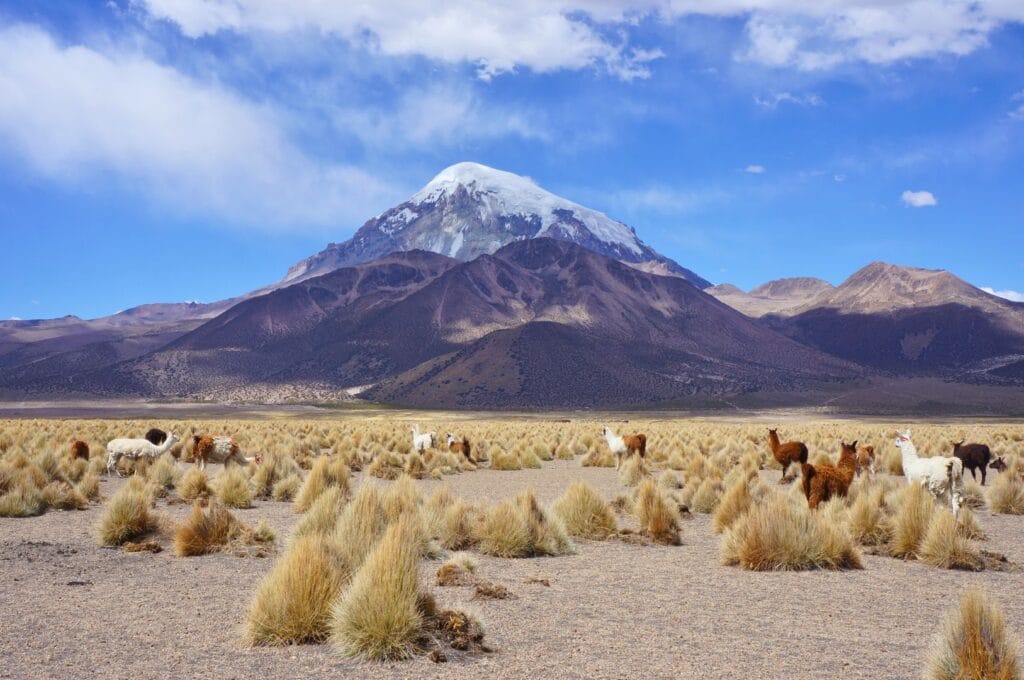
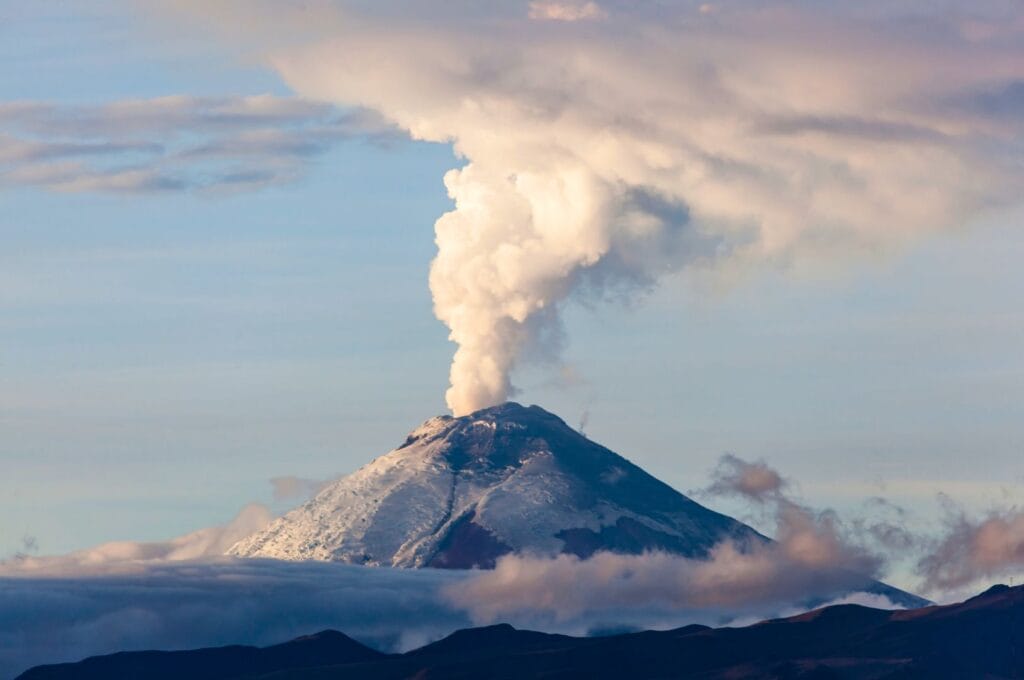
Natural risks
Though unpredictable, earthquakes, tsunamis, hurricanes, avalanches, wildfires, volcanic eruptions, and other natural disasters are potential dangers while traveling. Research high-risk areas before planning your route, and for volcanic eruptions, you can check the Smithsonian Institution’s page.
Homesickness and the traveler’s blues
Wait, what? Going on a round-the-world trip, experiencing incredible things every day, making your colleagues envious, and still finding reasons to complain?
Well, yes… almost! Traveling is a unique experience, but let’s not kid ourselves: spending every day on the move, negotiating, changing beds, dealing with scary transportation situations, struggling with language barriers, not eating what you really want—these things can wear you out. Many long-term travelers will tell you that there’s a moment when you just feel depressed and have homesickness. You long for a quieter, more routine life, and you start craving a sense of certainty about tomorrow.
We’ll be honest, we didn’t fully grasp this phenomenon before we left. It took us almost 16 months to understand. We didn’t escape this little travel slump either! It wasn’t anything serious, just a bit of a lack of energy to go out and discover another park, another temple… Our life on the road is incredible, we love it, but sometimes you just hit a lull. Nothing to worry about, these phases usually pass on their own, and every traveler has their way of dealing with it. For us, it usually meant resting and, most importantly, doing nothing. It happened a few times during our trip when we decided to stay in one place for a week and didn’t really do much at all.
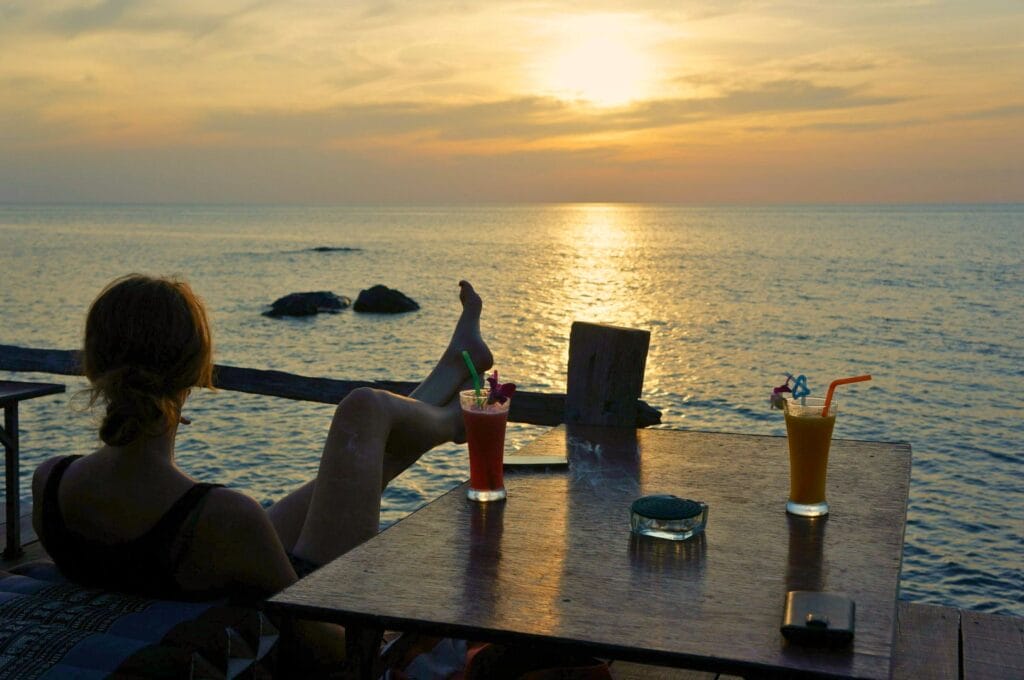
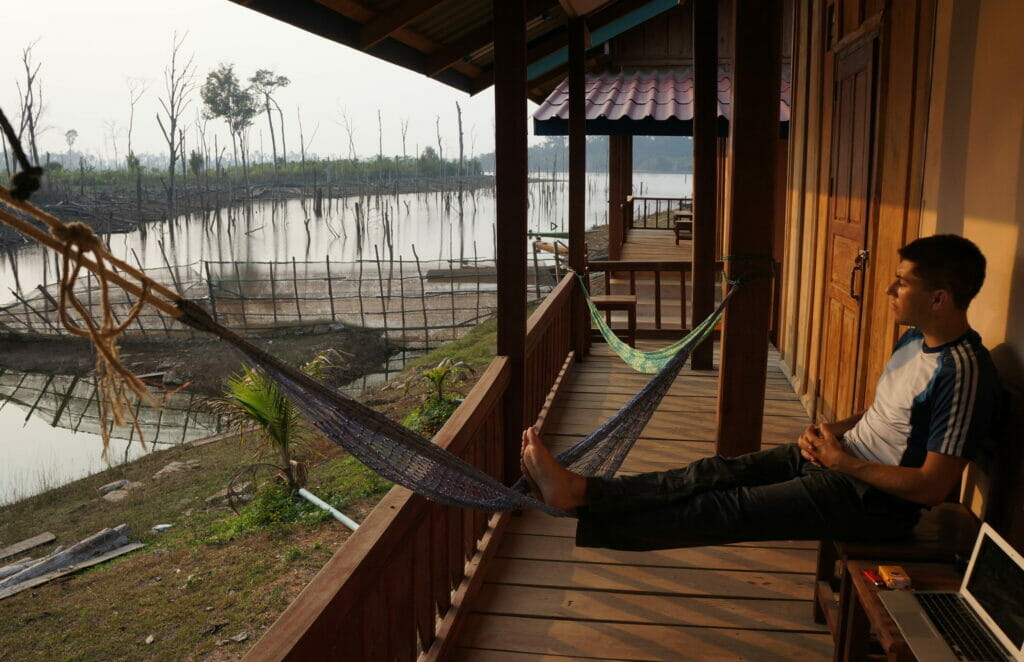
For example, we took our first vacation in Koh Chang. Later, we stayed five days in Sucre, Bolivia, and didn’t do any of the activities recommended in the guides. We simply enjoyed a nice little hostel, strolled around, ate ice cream—that’s it! Same in Mendoza, where we rented an apartment for three weeks and, scandalously, didn’t even go on the famous bike tour of the vineyards as most visitors do. Instead, we spent time working on personal projects, having aperitifs on the terrace, inviting passing friends over for meals, shopping at the local market, and cooking great food! In three weeks, we reclaimed a 100% ordinary life, and it felt wonderful!
The moral of the story: In our opinion, it’s really important to stay flexible and listen to yourself to succeed on a round-the-world trip.
The travel bug
Sorry, but we don’t have a cure for the travel bug. Unfortunately, this serious affliction eventually affects 99.9% of travelers… The only solution to ease the pain? Once you’re back home, start planning your next trip!
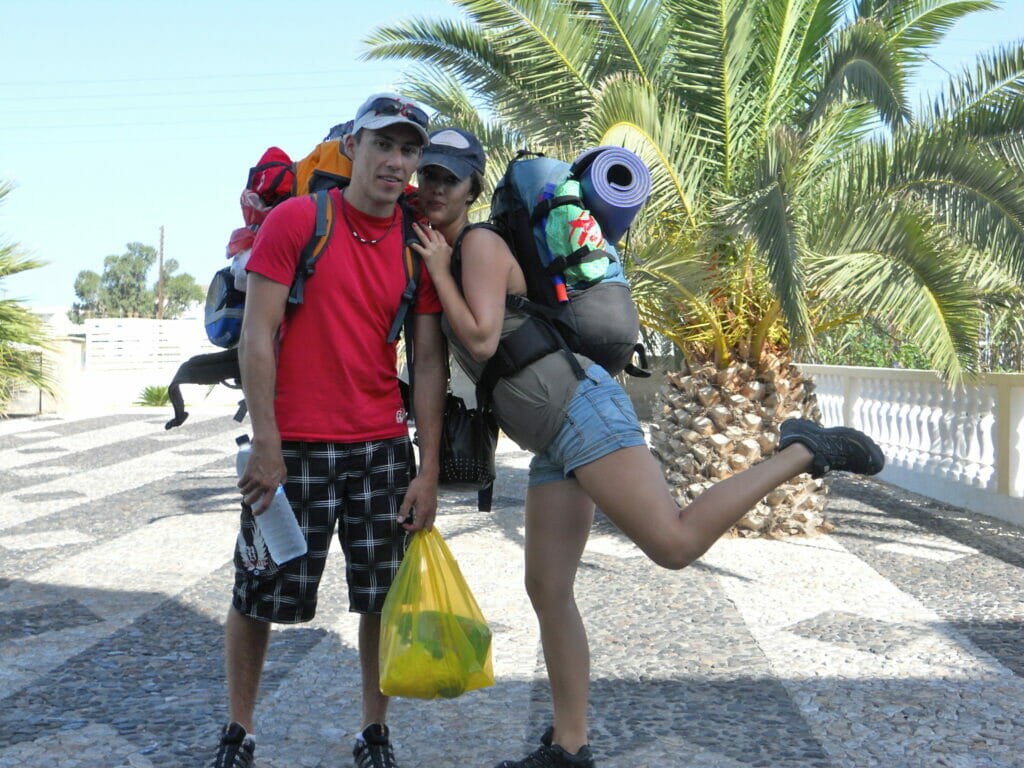
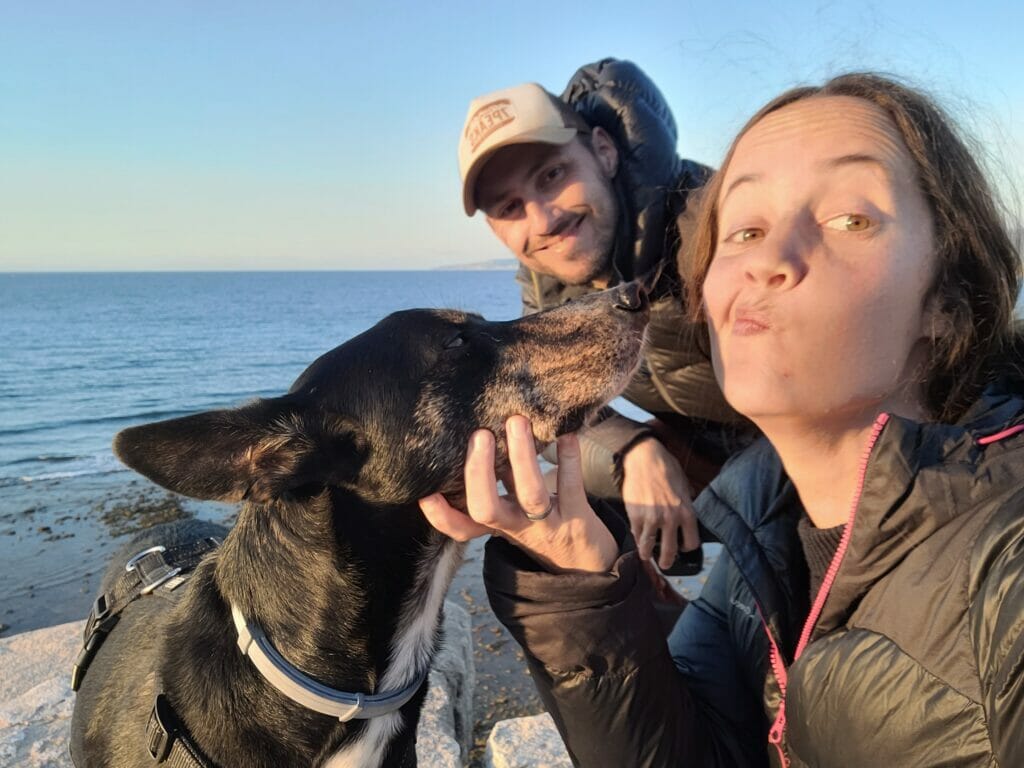
Our return perfectly illustrated this. In March 2015, we landed in Switzerland and returned to what we’d call a “normal” life: an apartment, a job, and a nice little routine. But after just 18 months, the itch to travel struck again. We sold everything, quit our jobs, and launched our own business to get back on the road. To find out more, read about our adventures as digital nomads!
That’s all for this guide on travel safety! Stay tuned for the next and final chapter of this round-the-world e-book, where we’ll share some last-minute practical info and a checklist of everything you need to consider before departing!
Download our free pdf E-book!
Subscribe to our Newsletter and get a free E-book with more than 100 pages to help you prepare your trip around the world
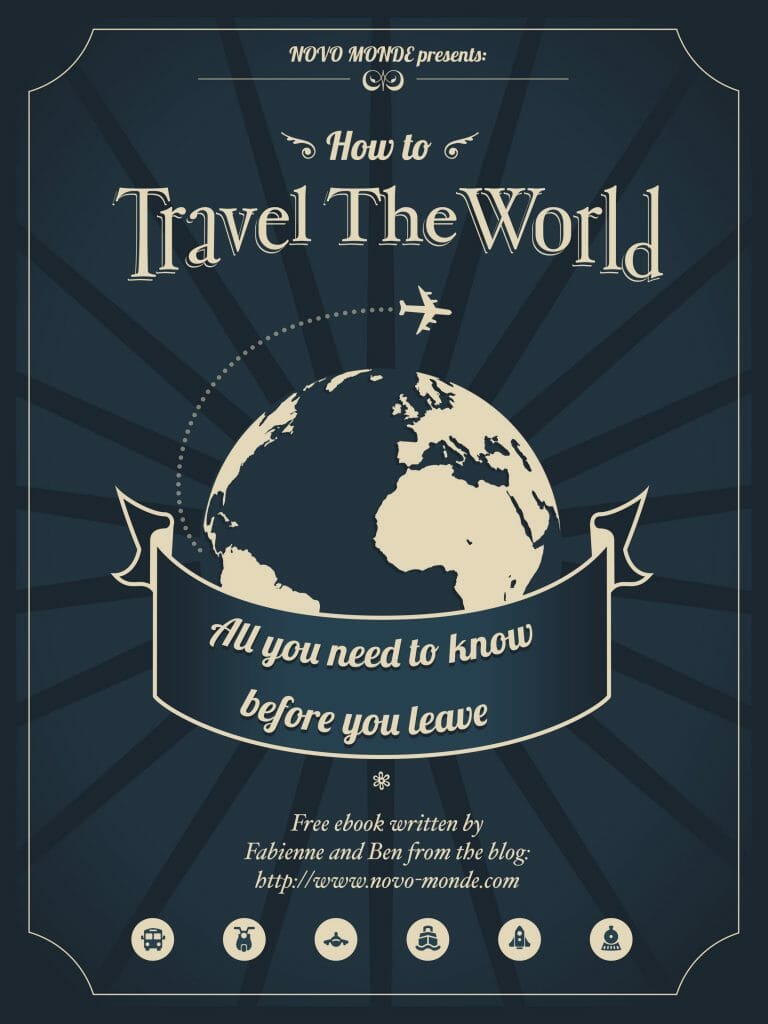
Pin it
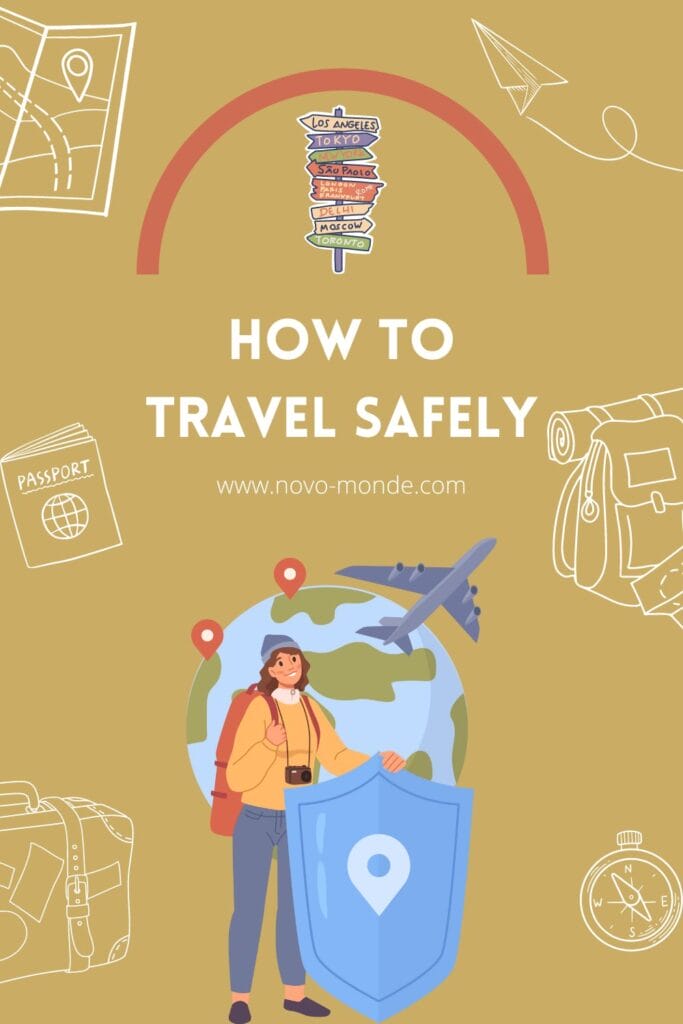
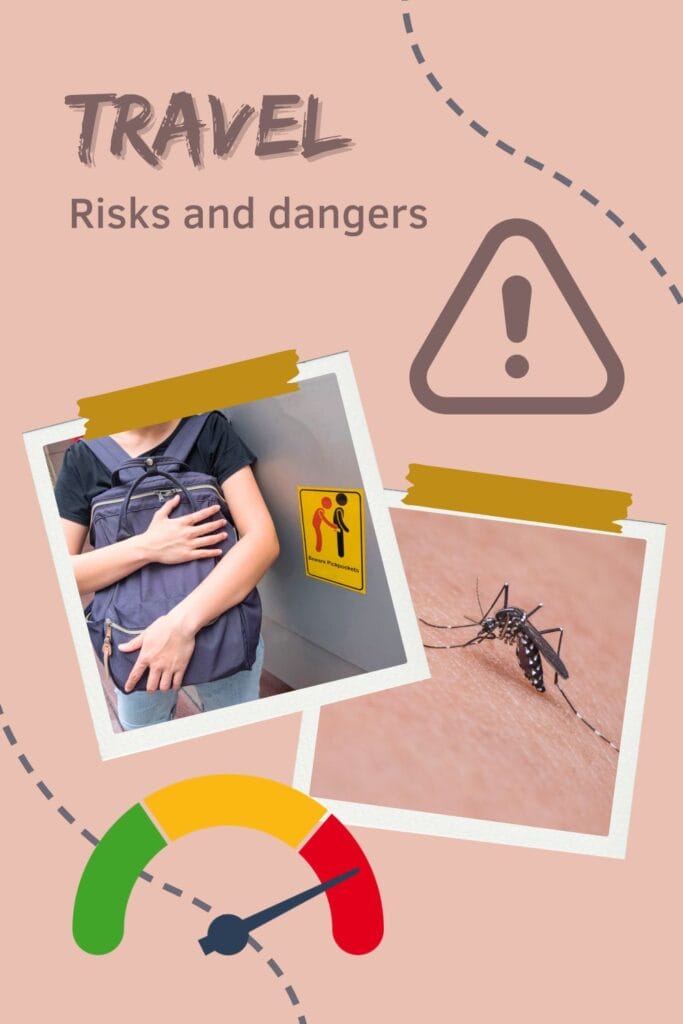


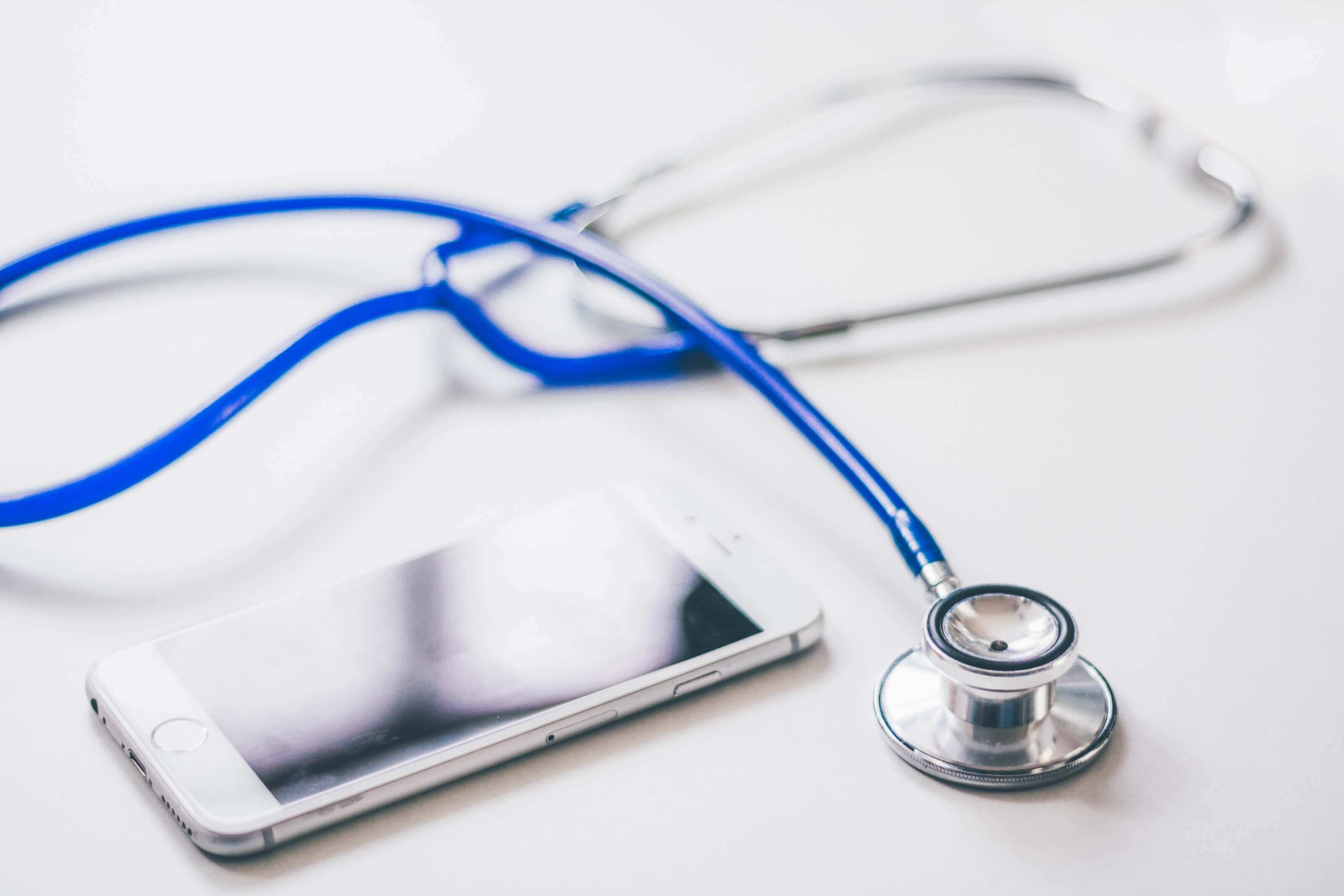
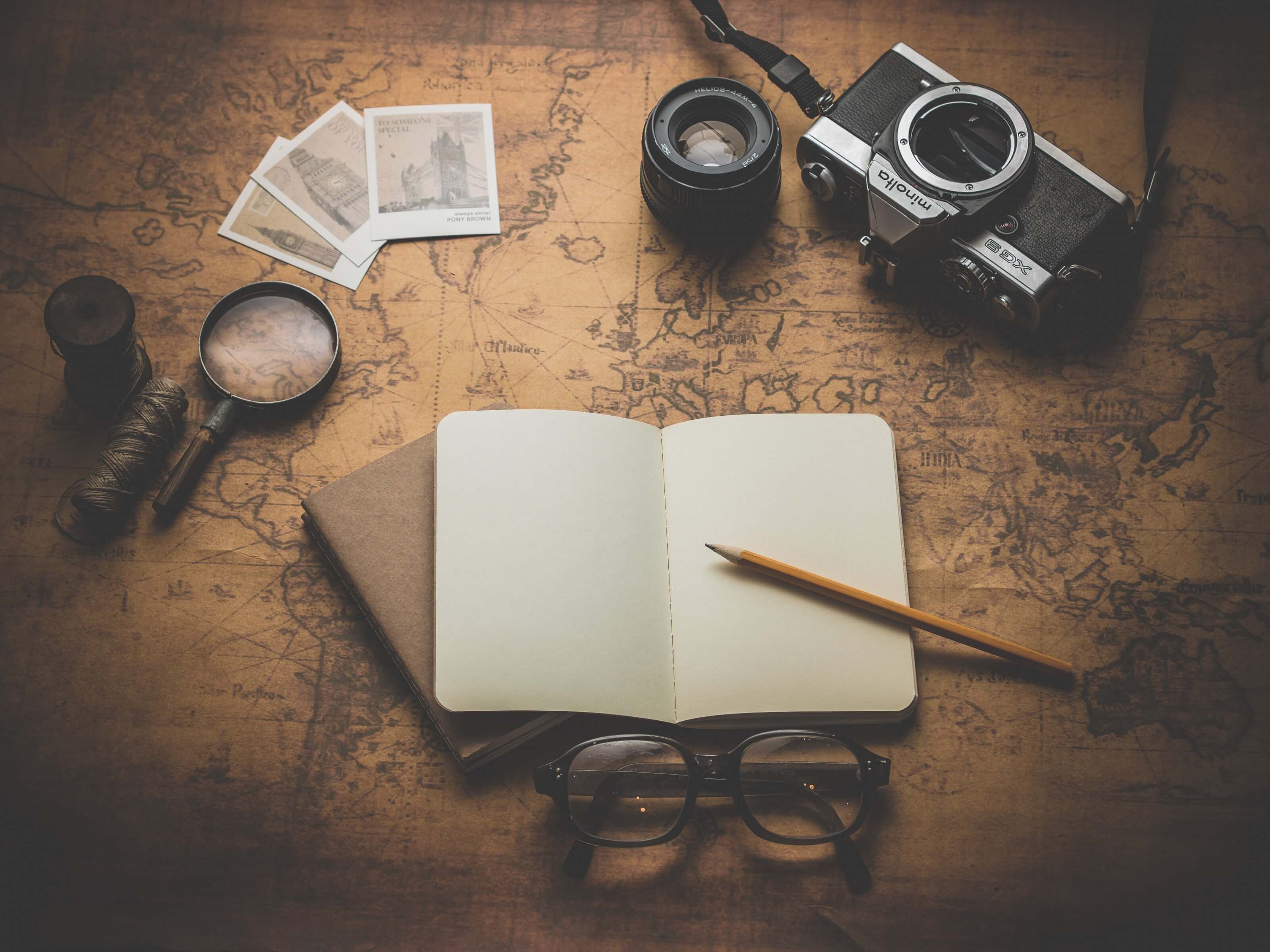
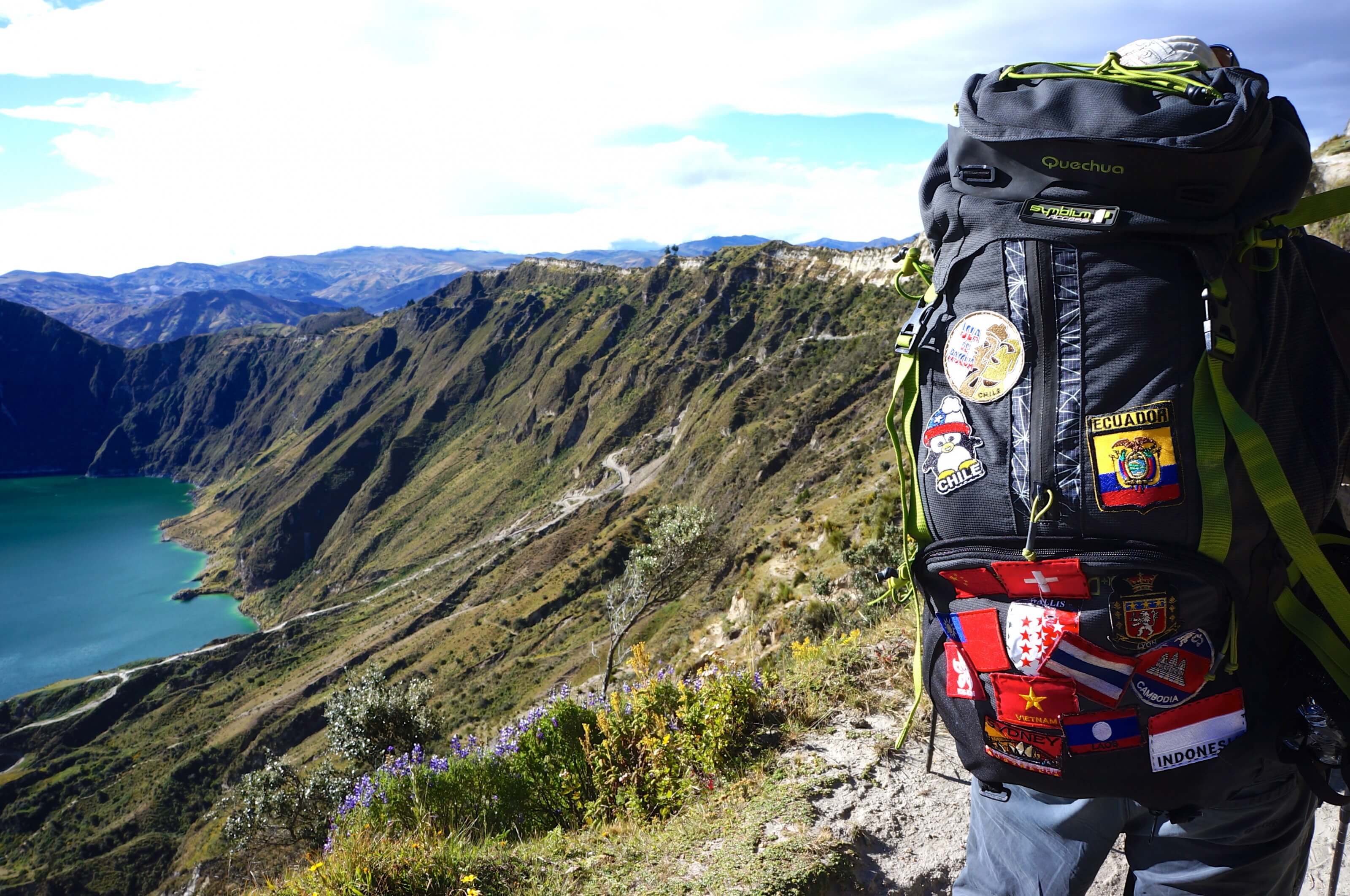

Travelling at high speed on ground level is much more dangerous than at high speed In the sky. (Hyperloop Vs Airplane.)